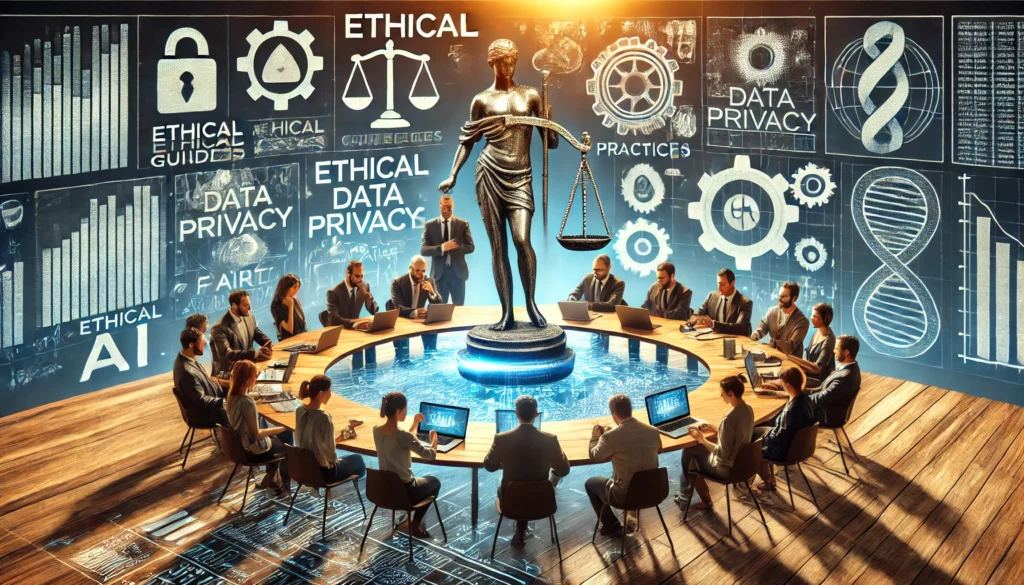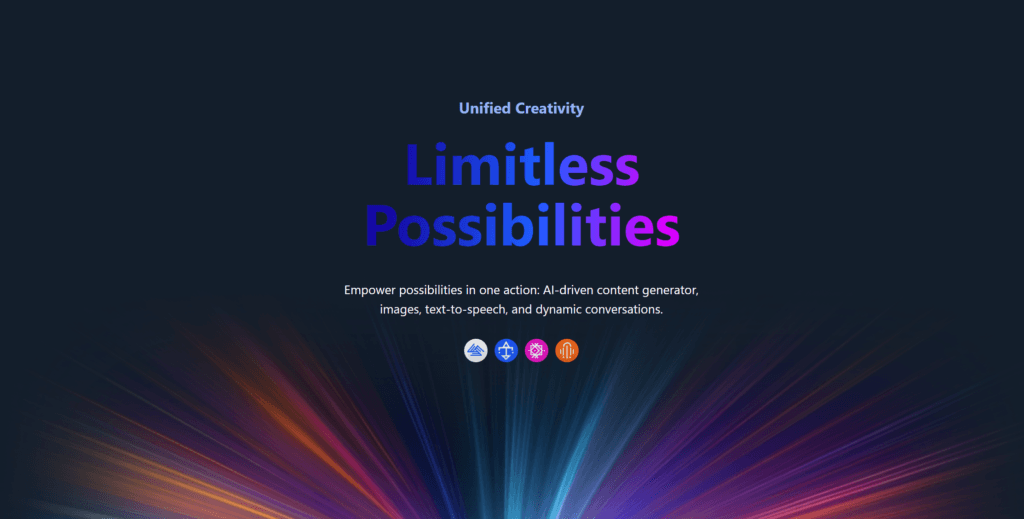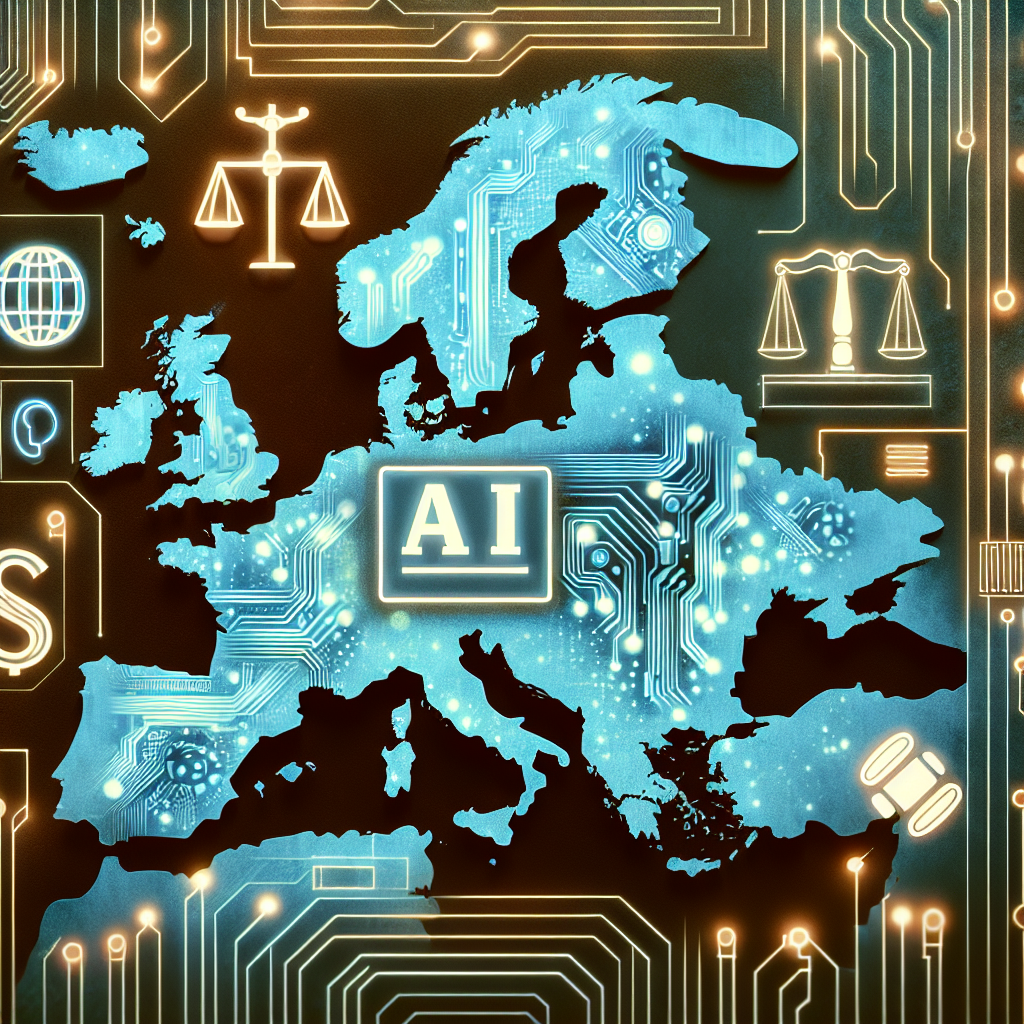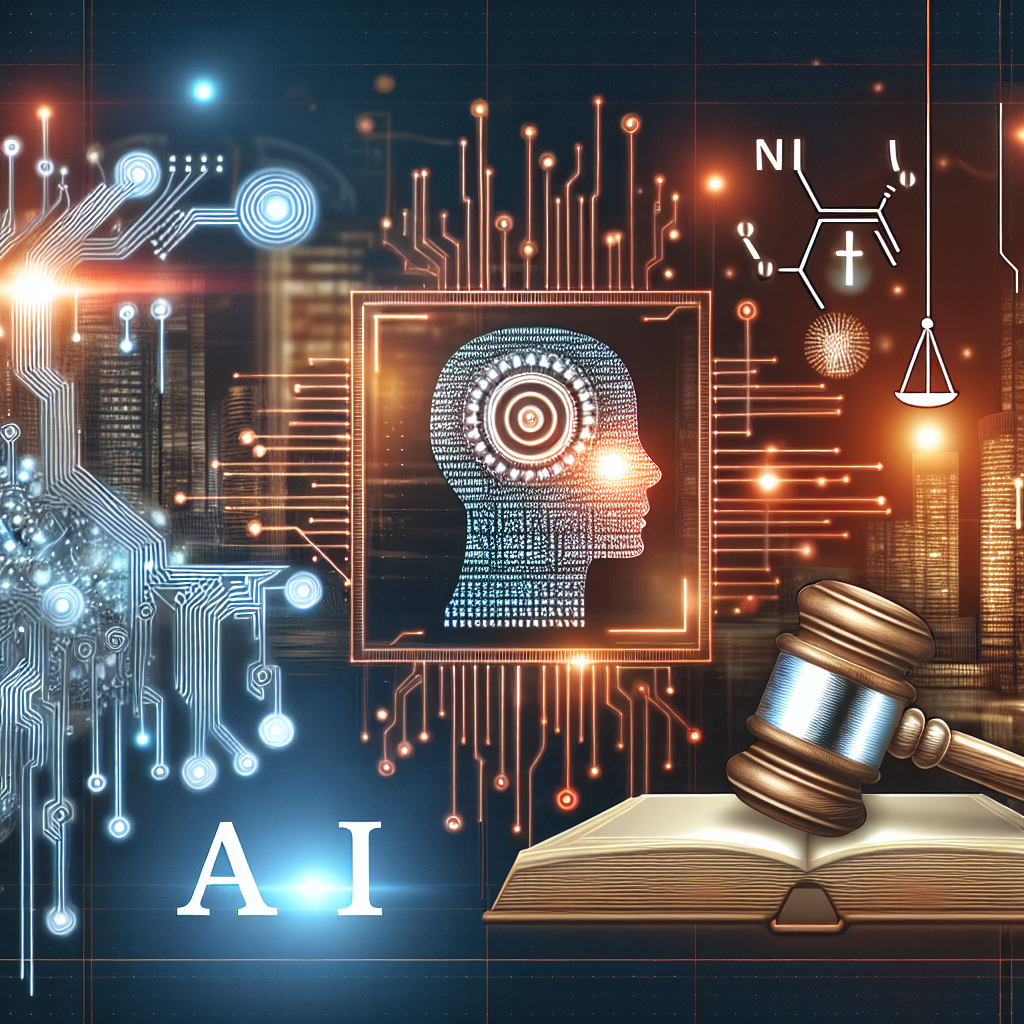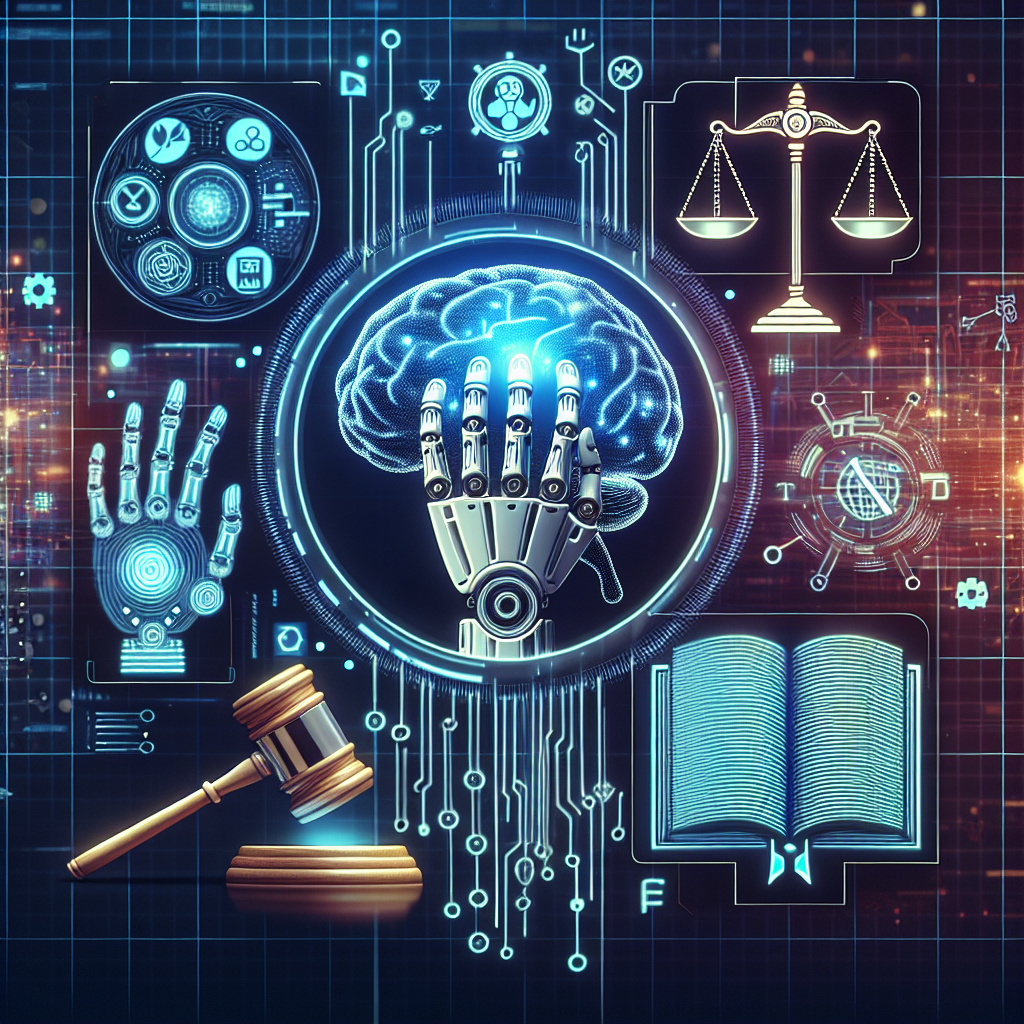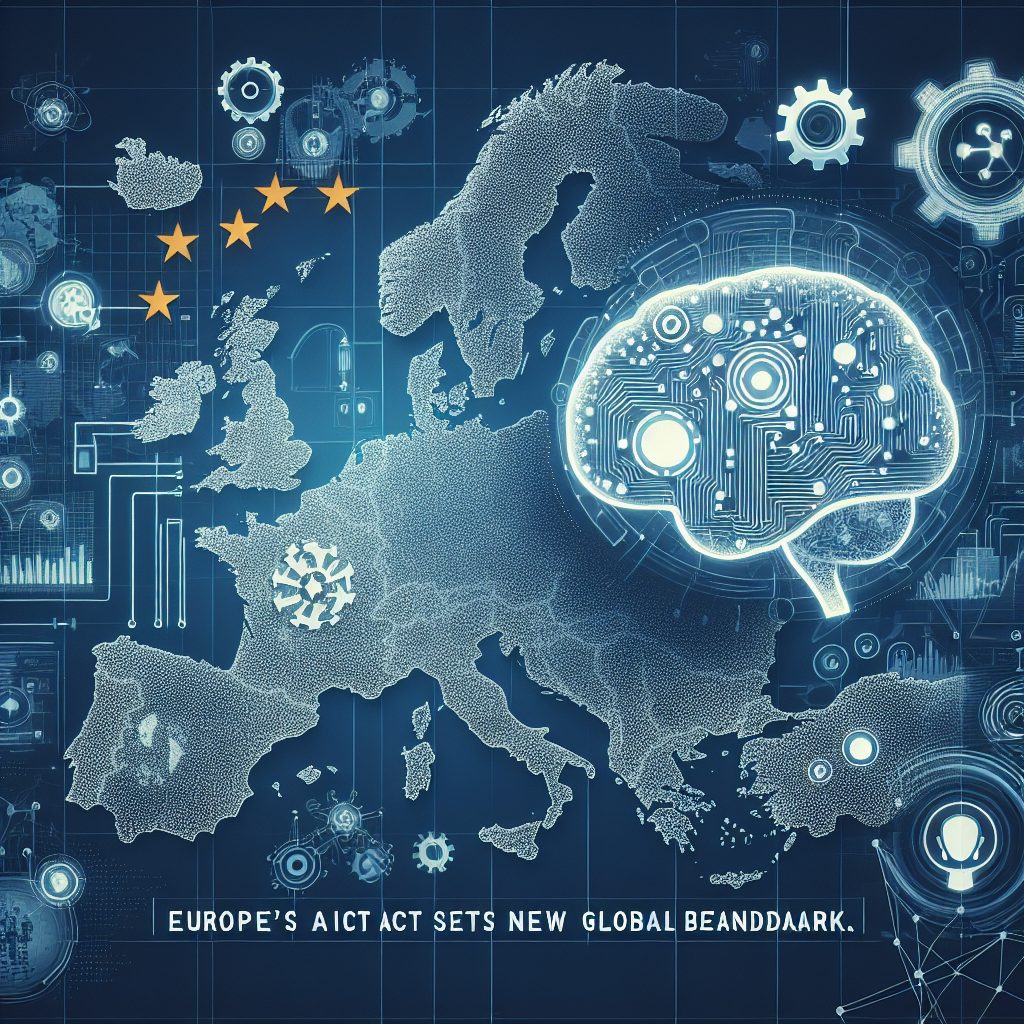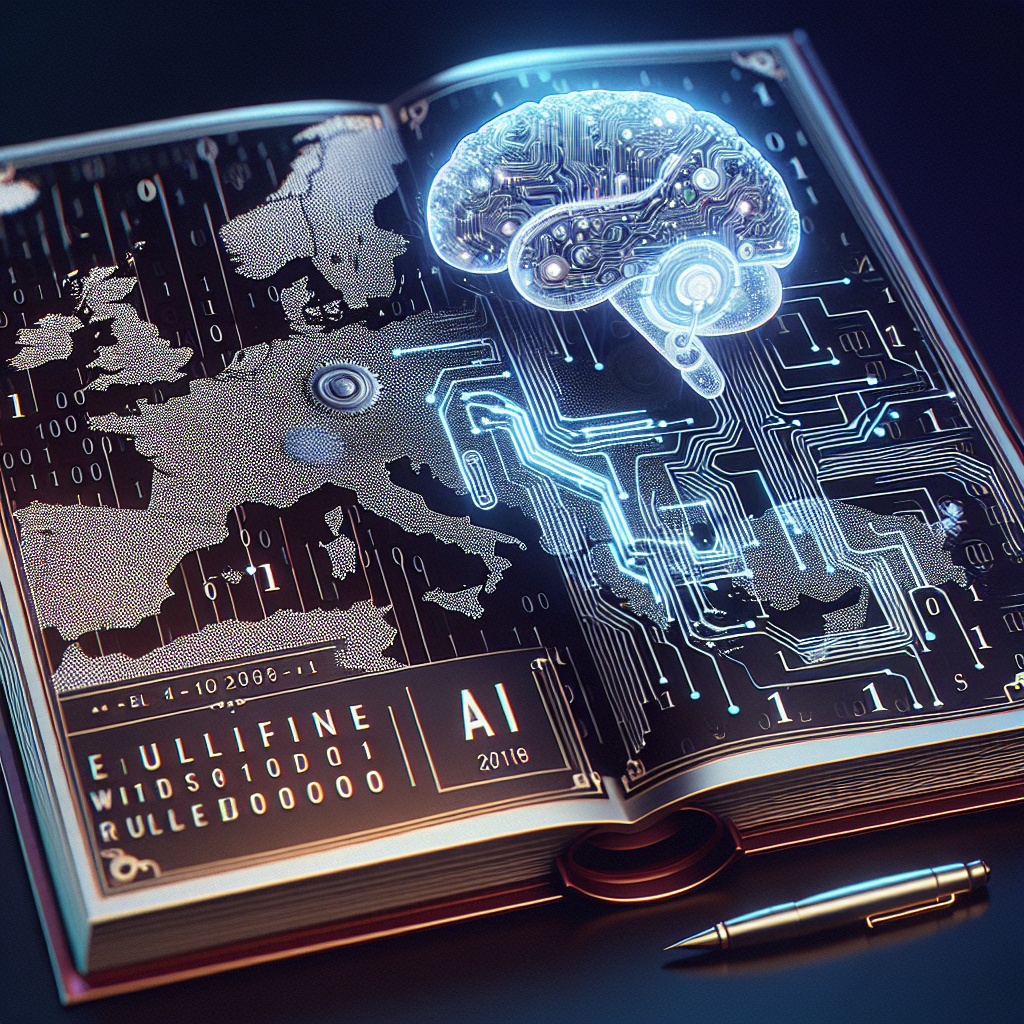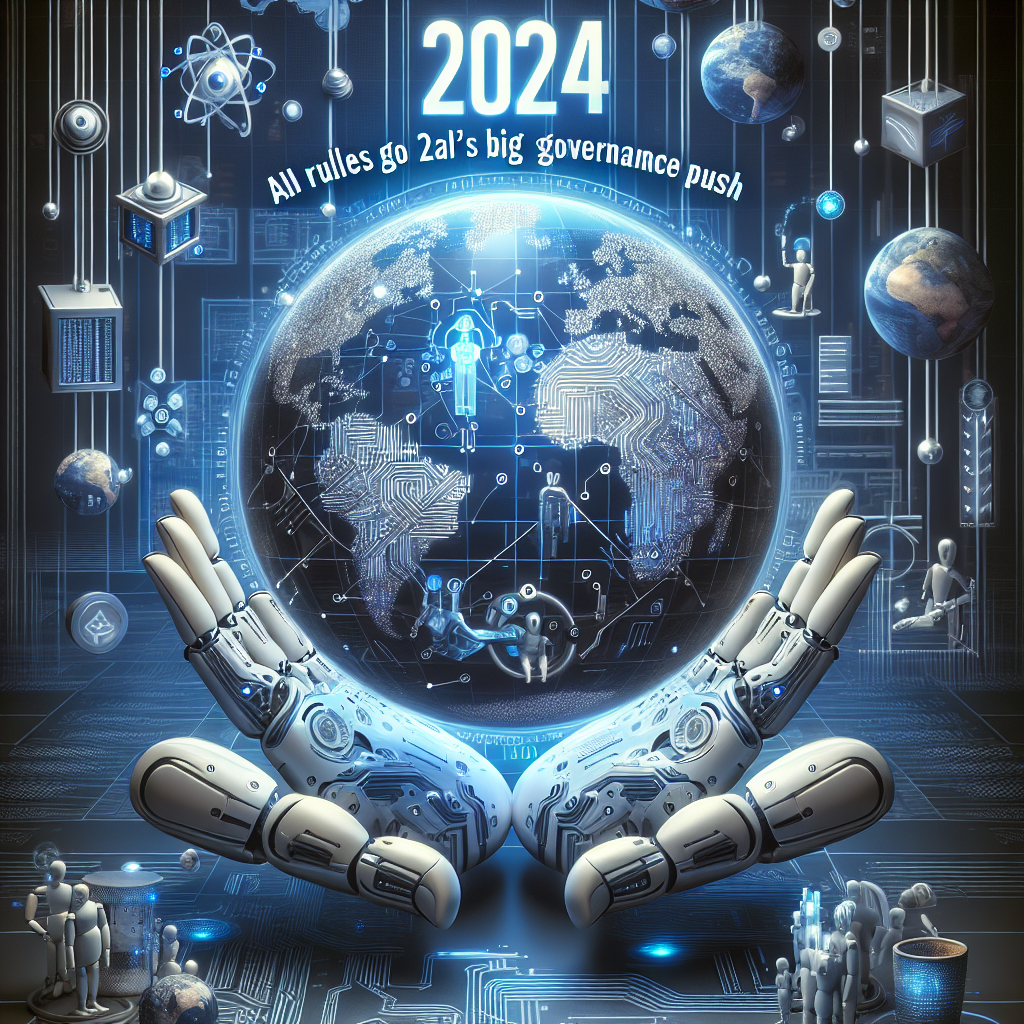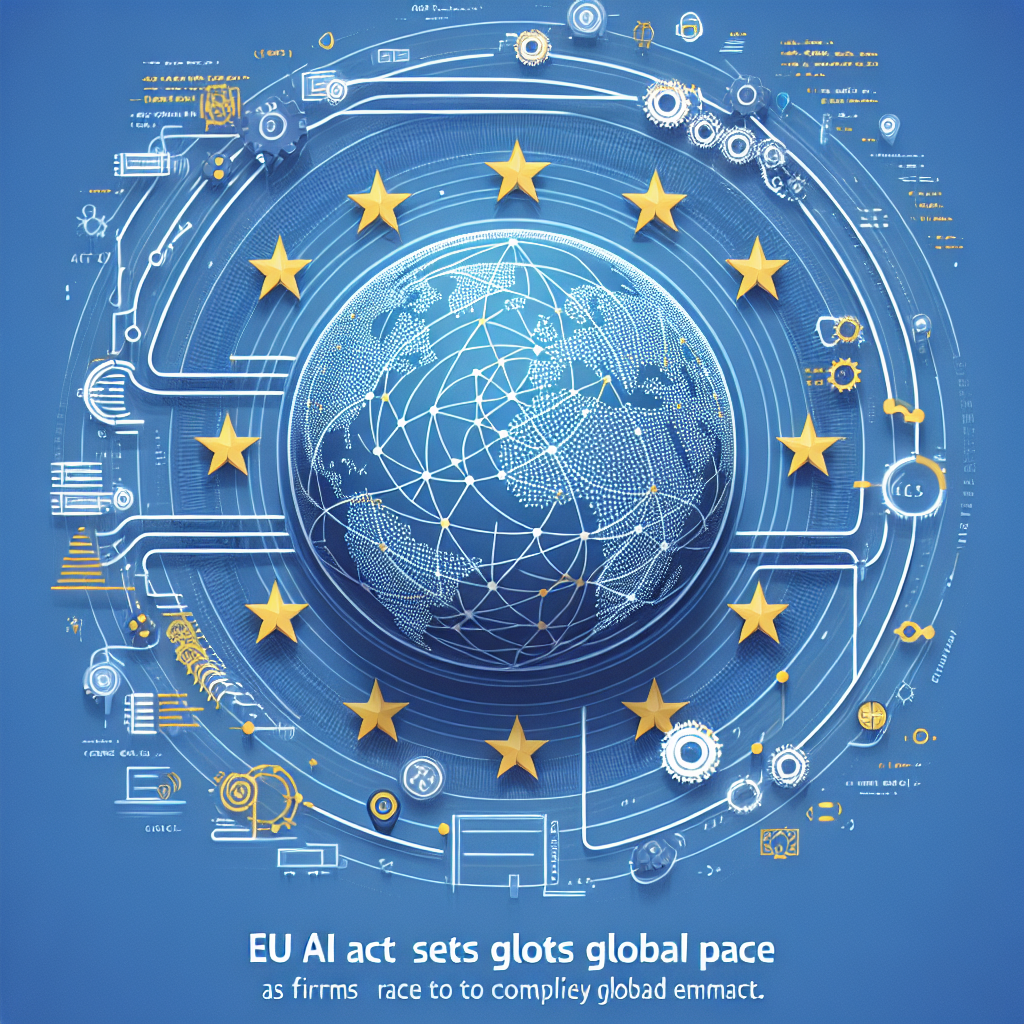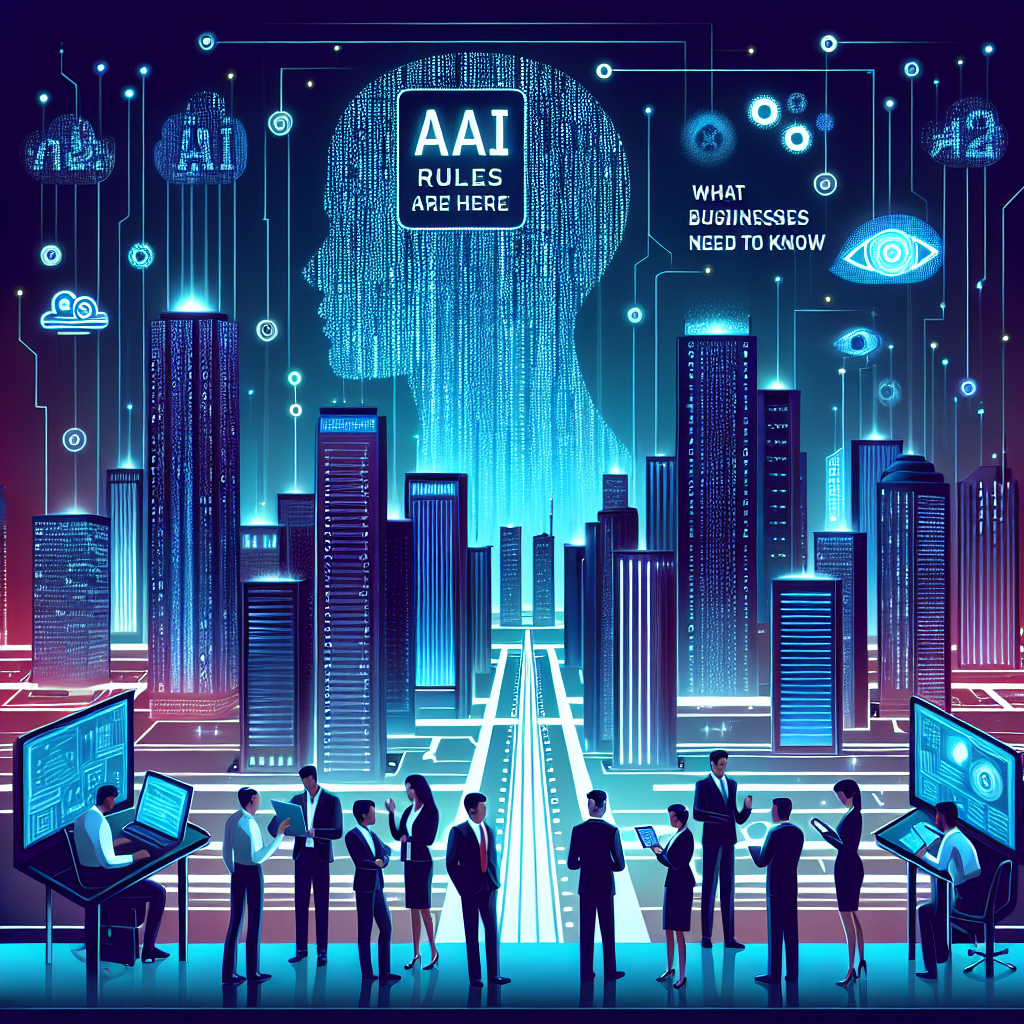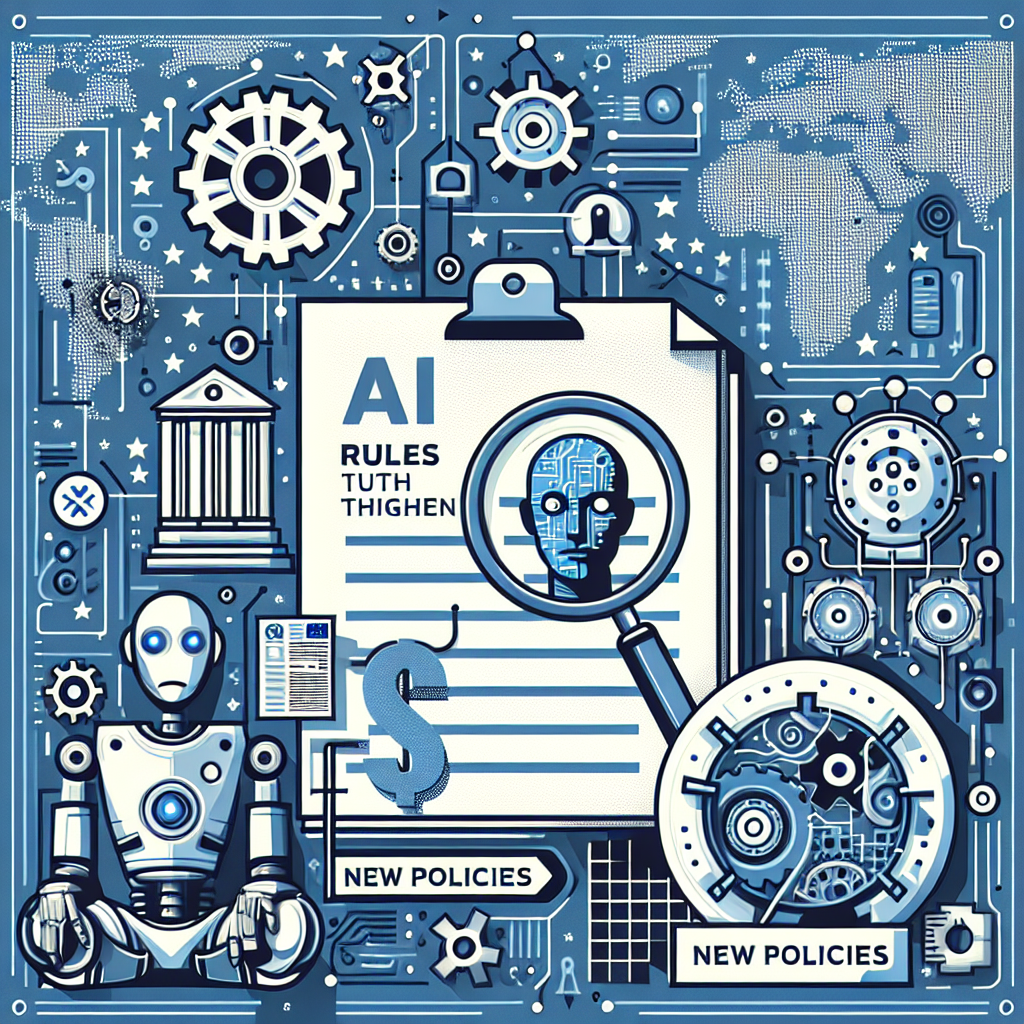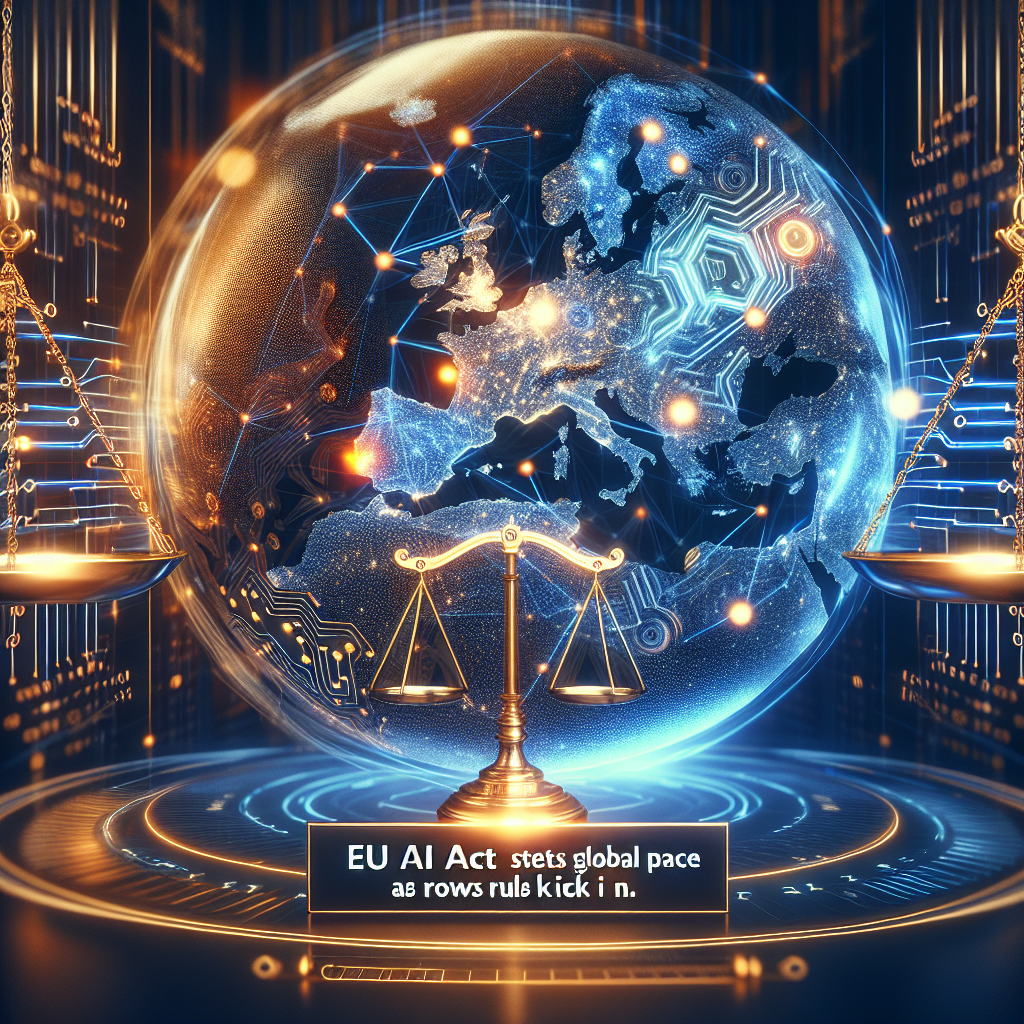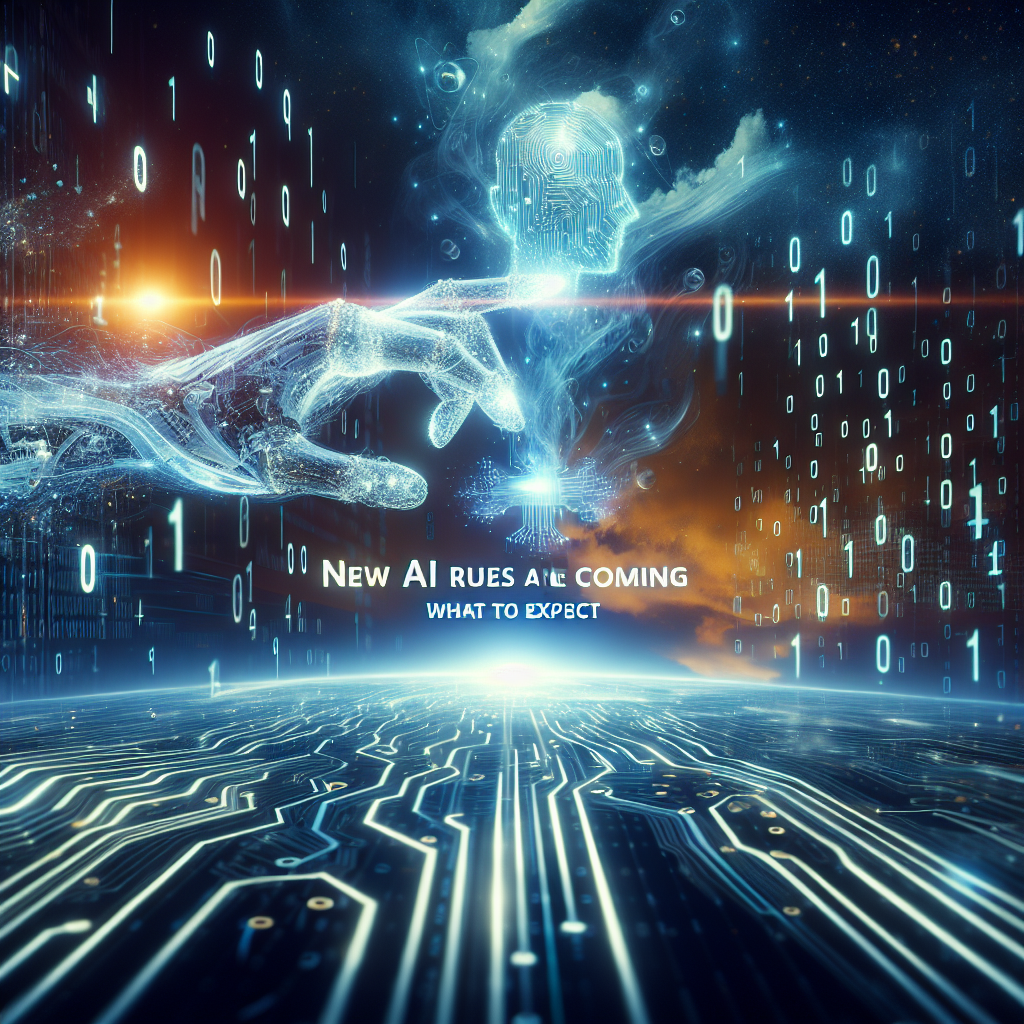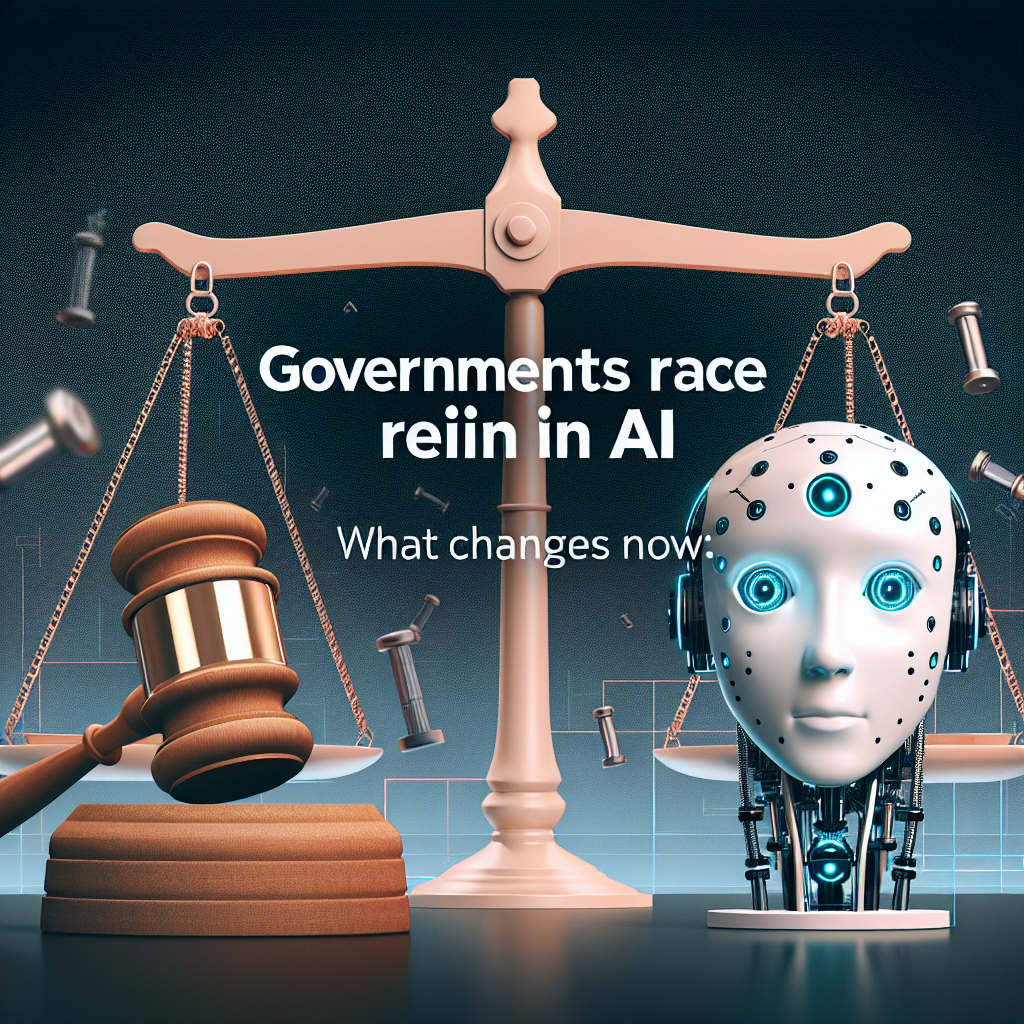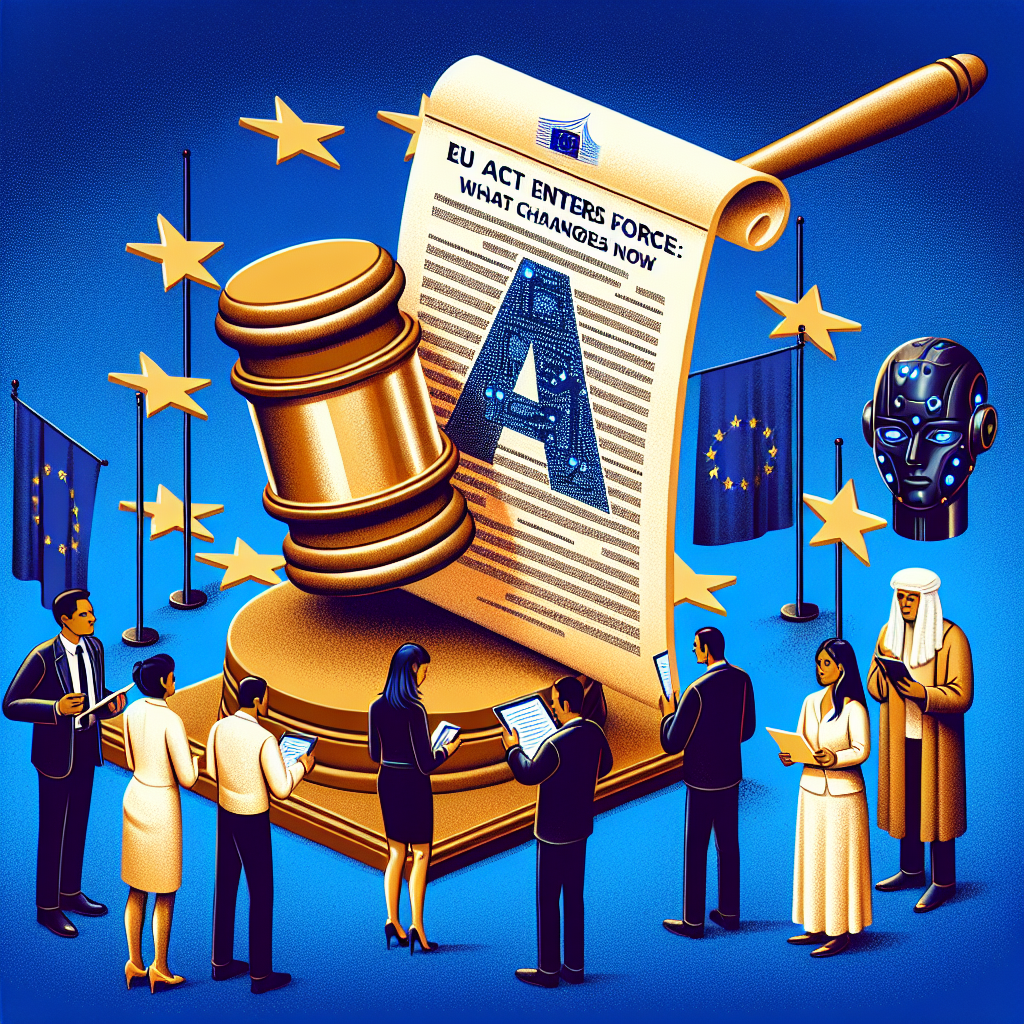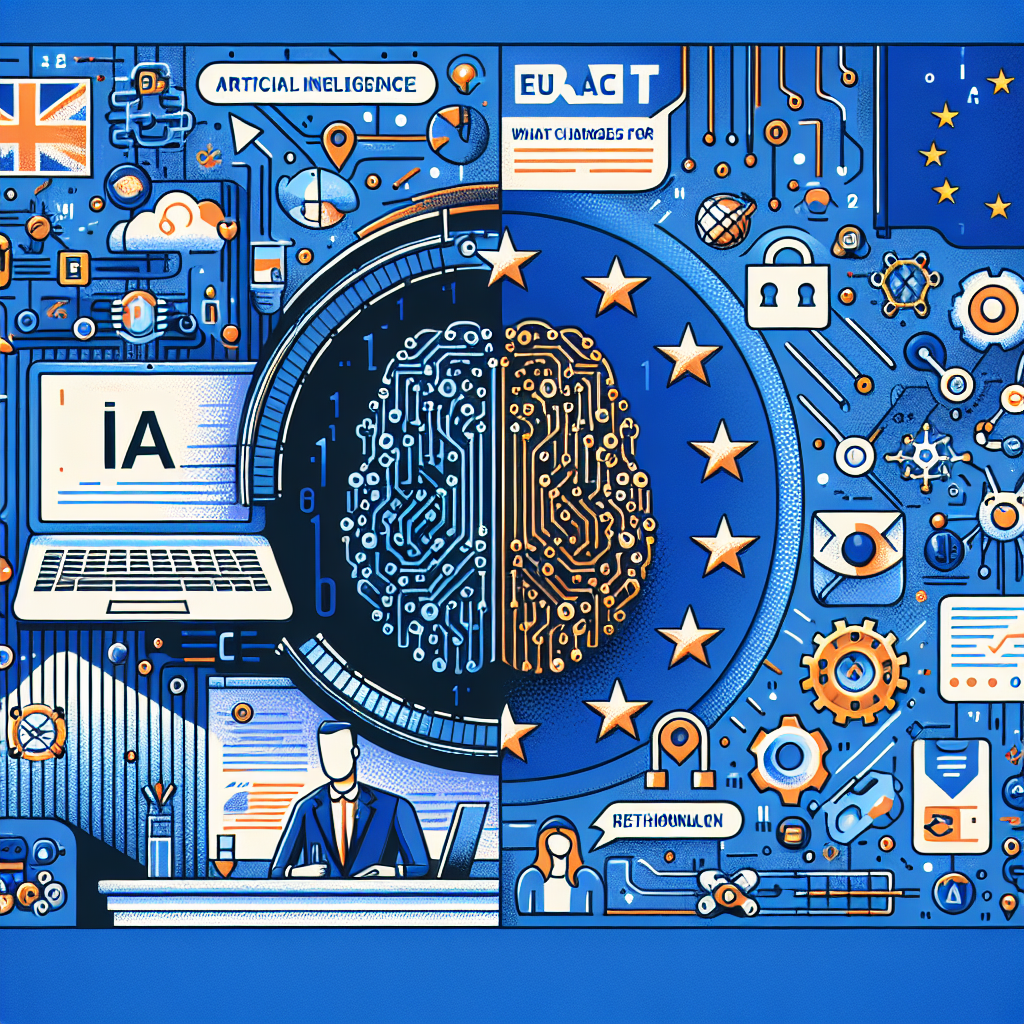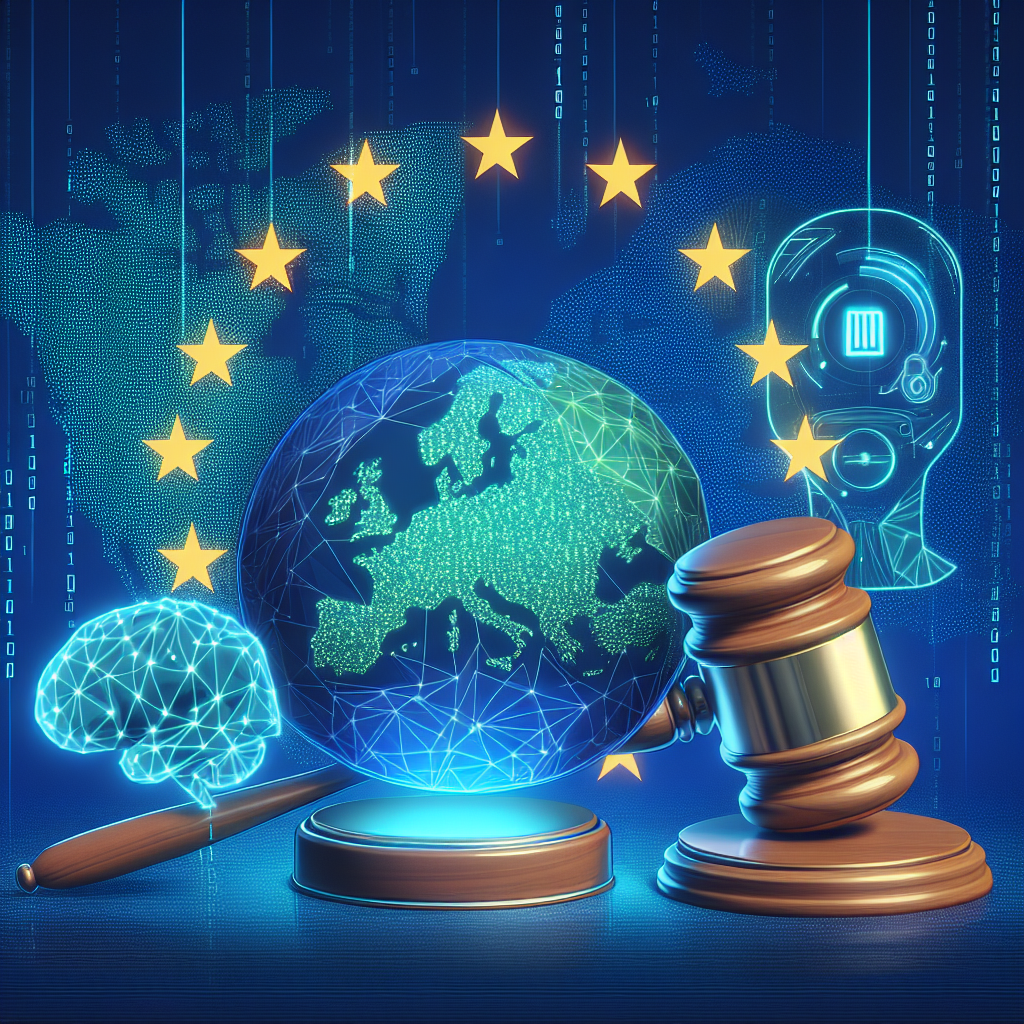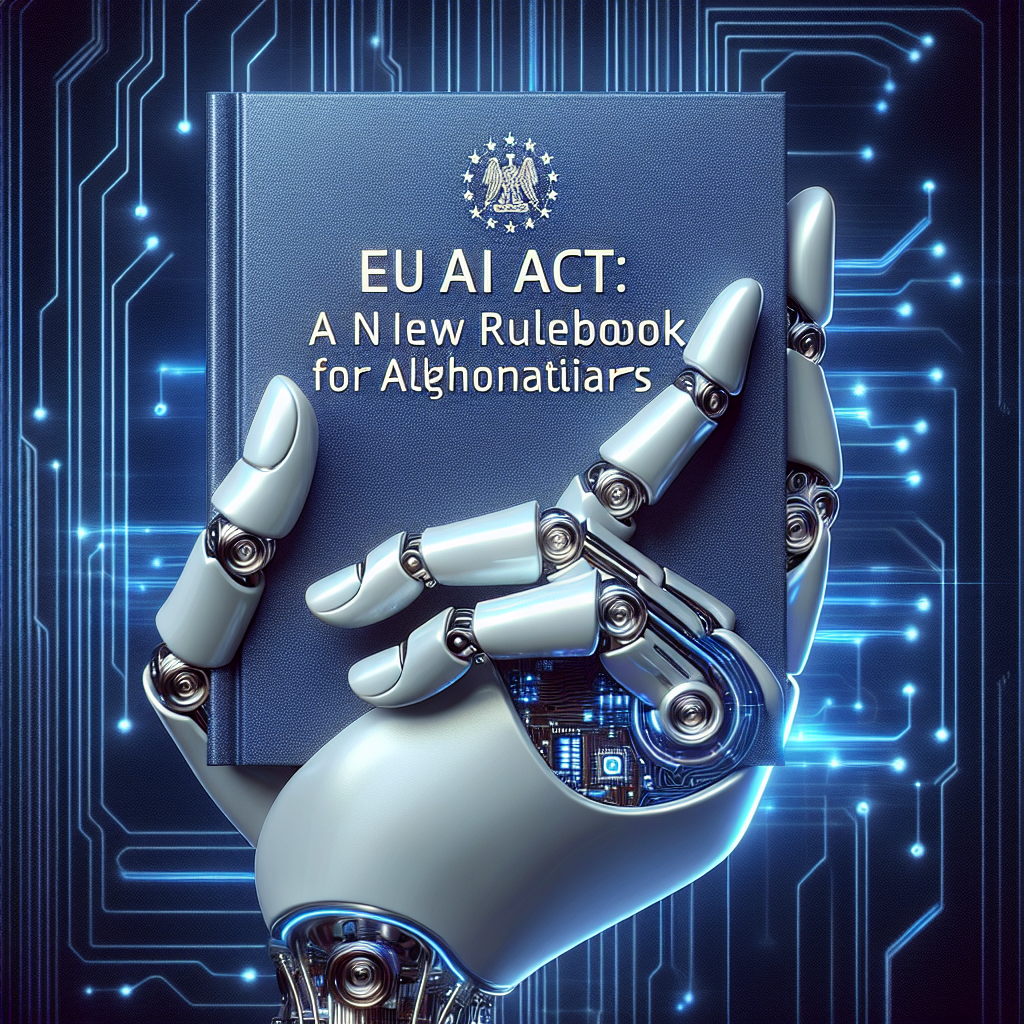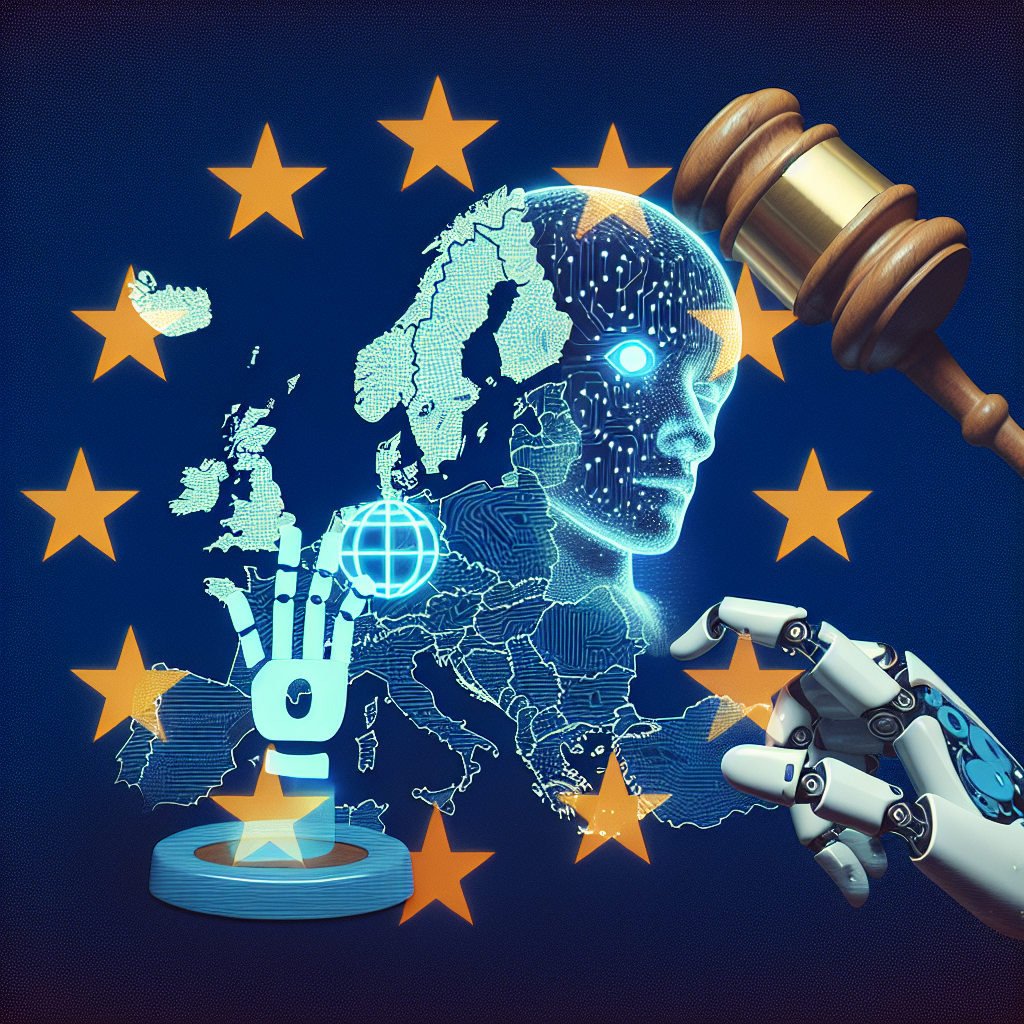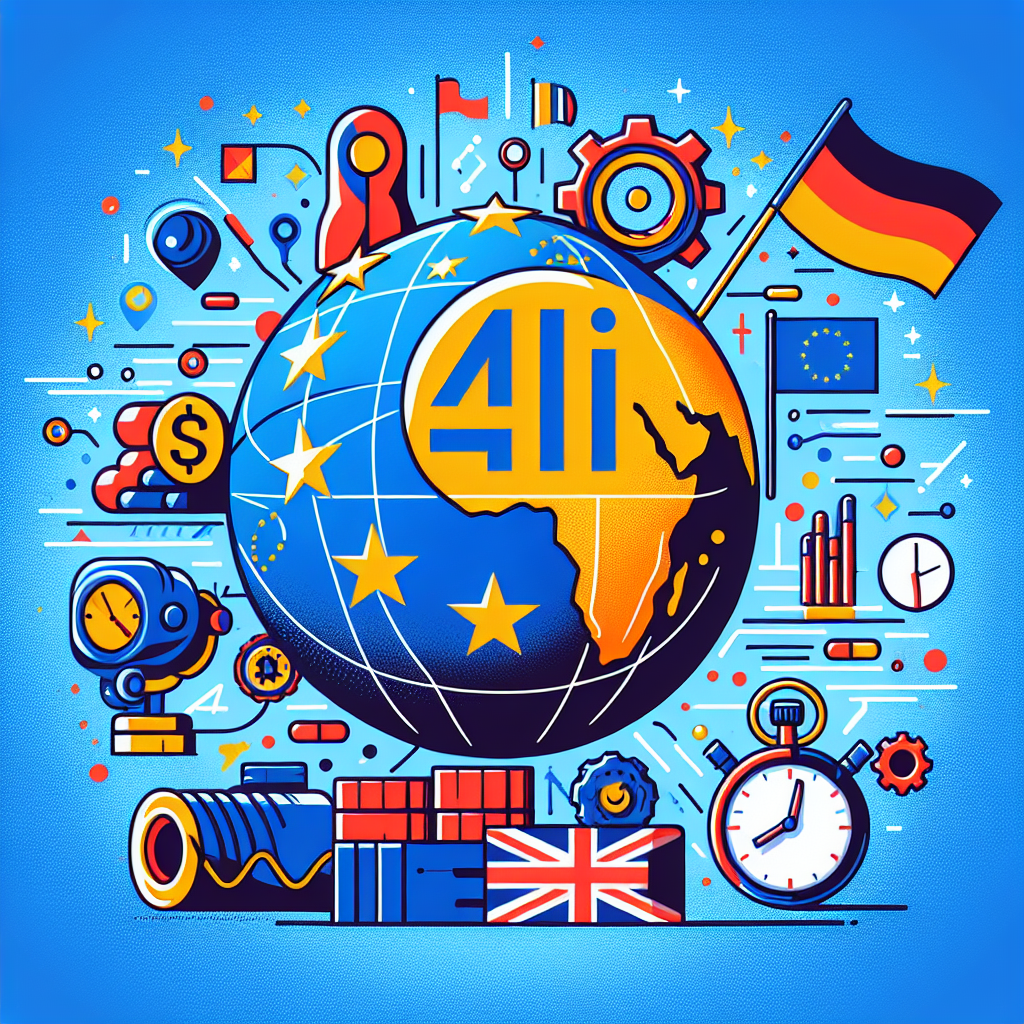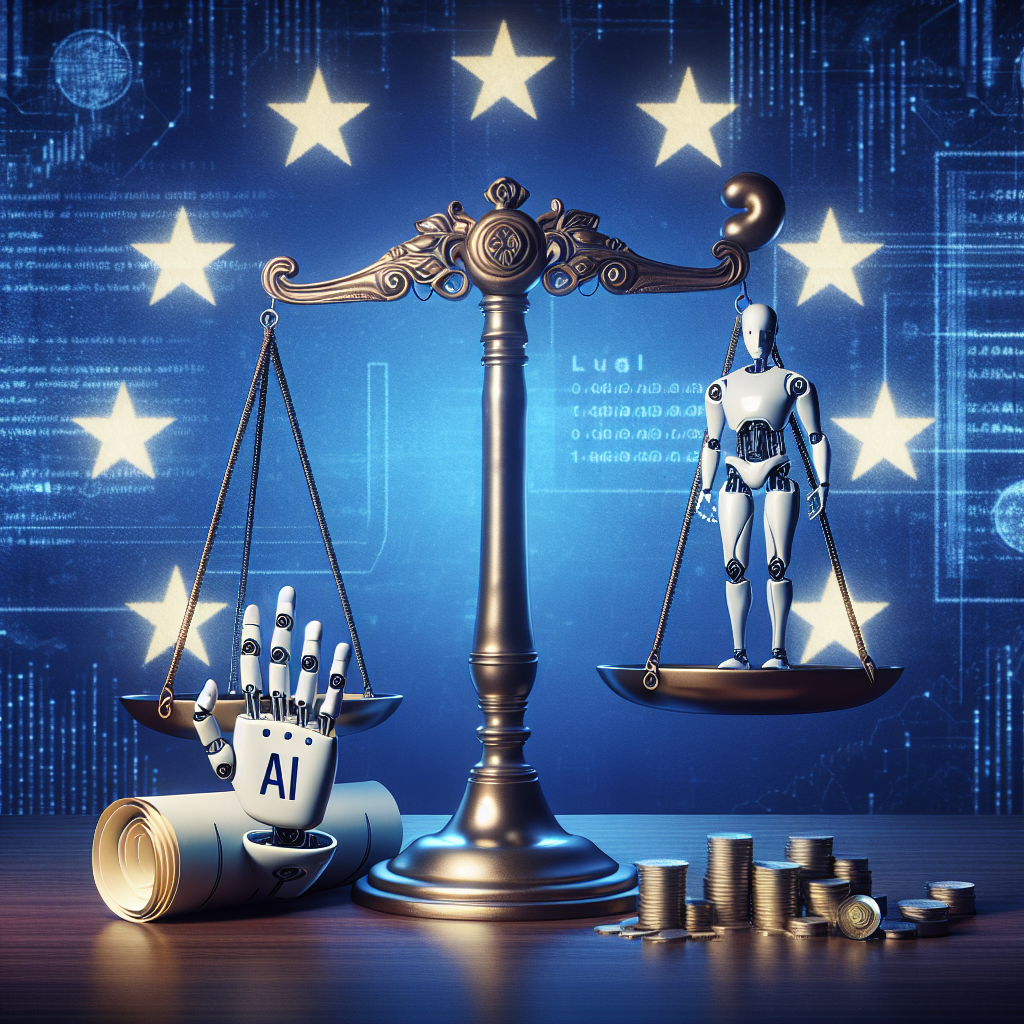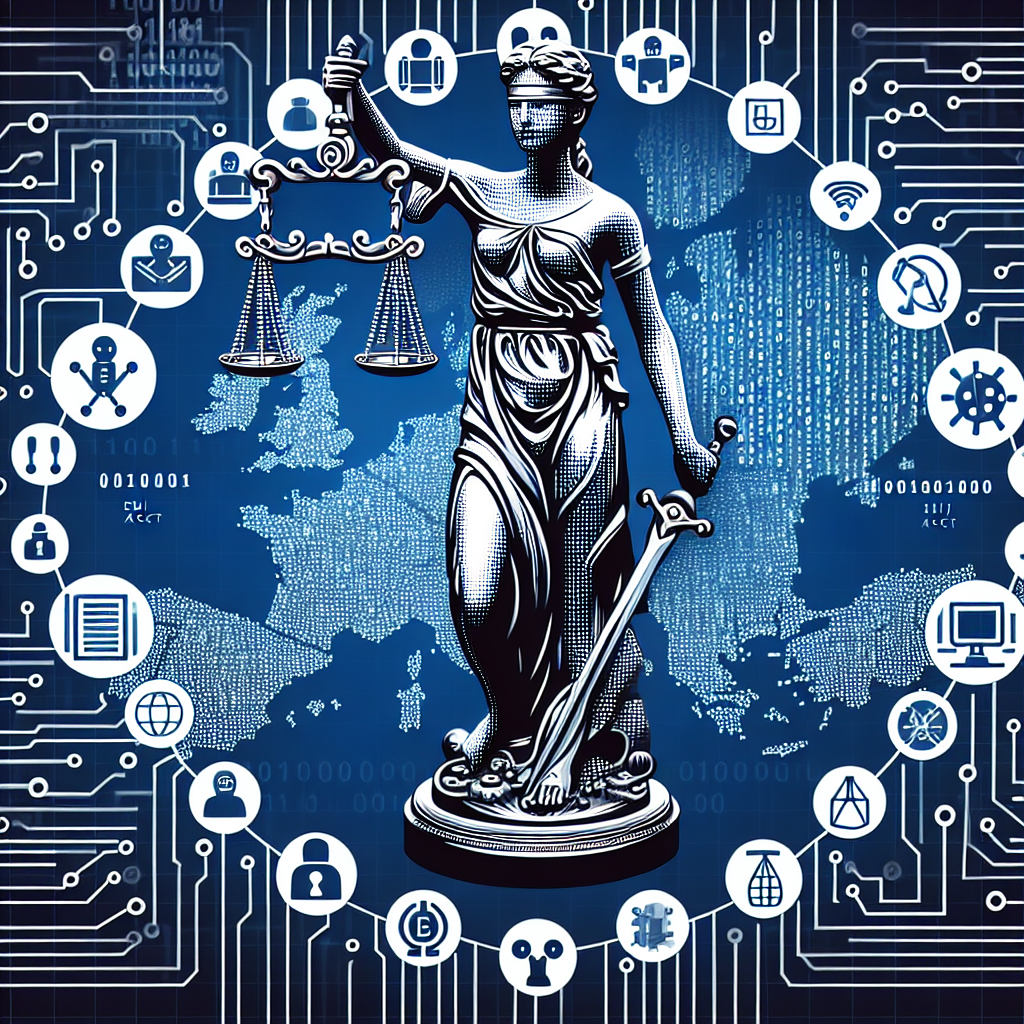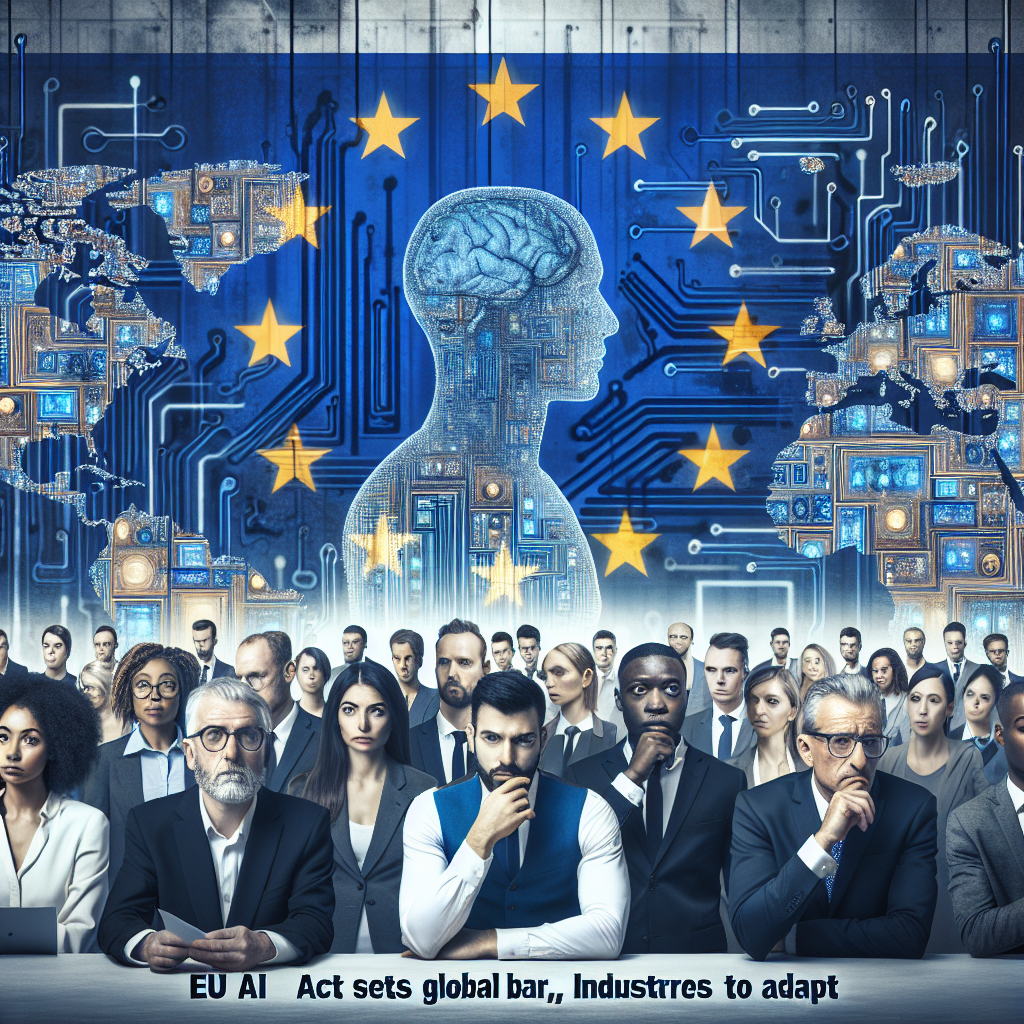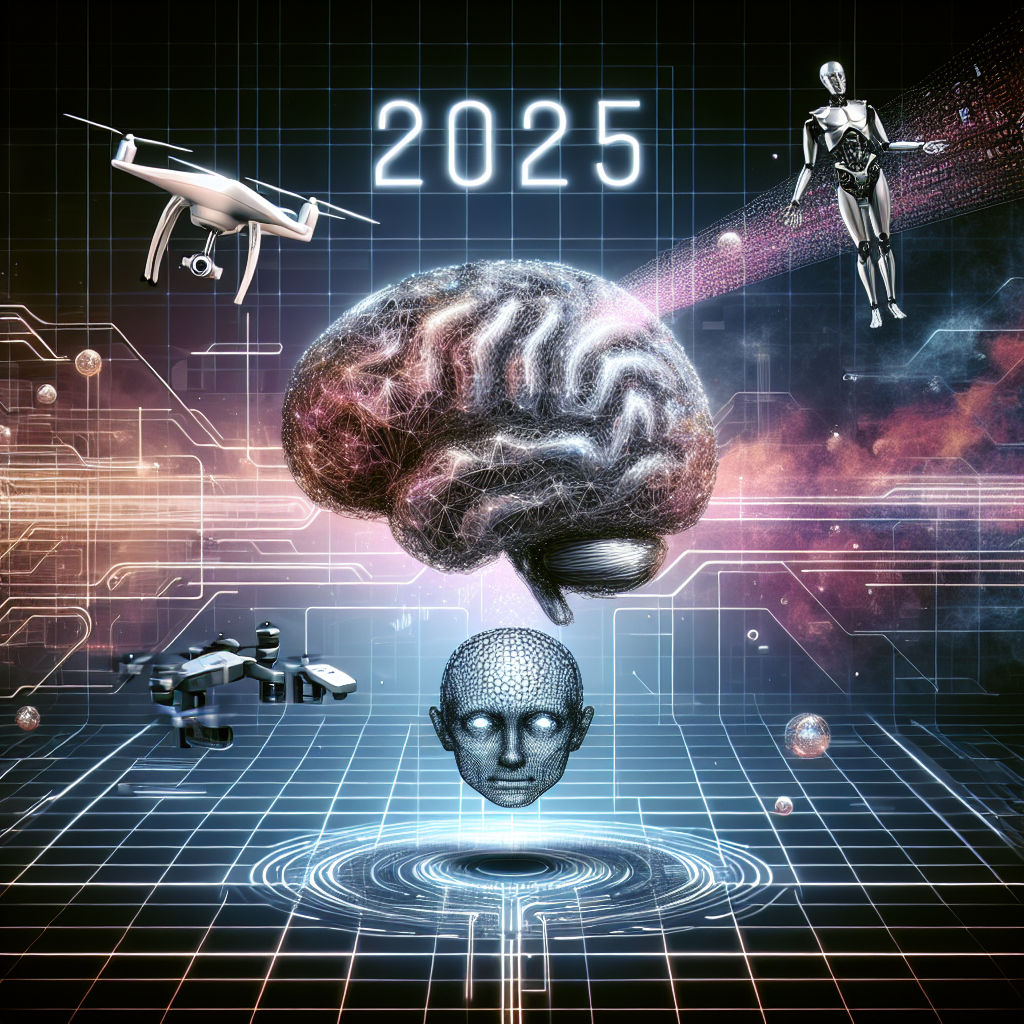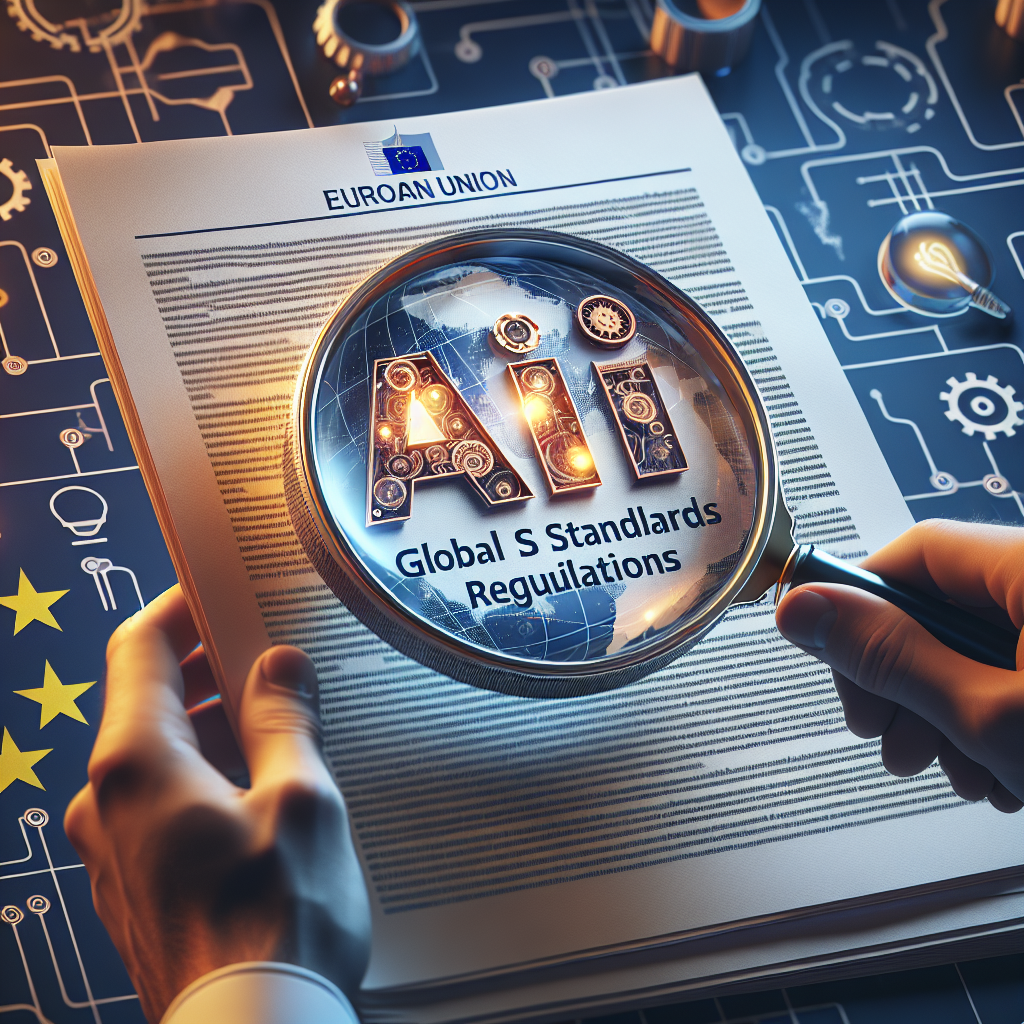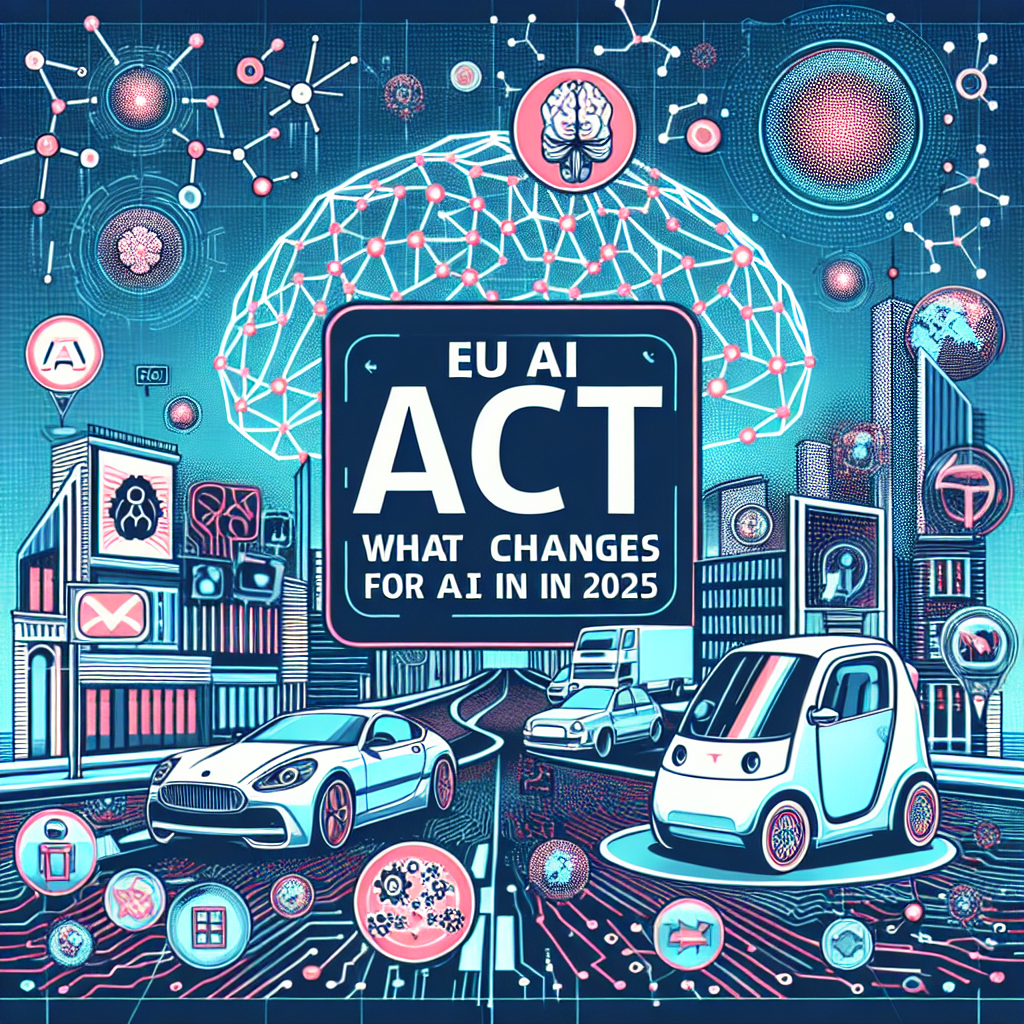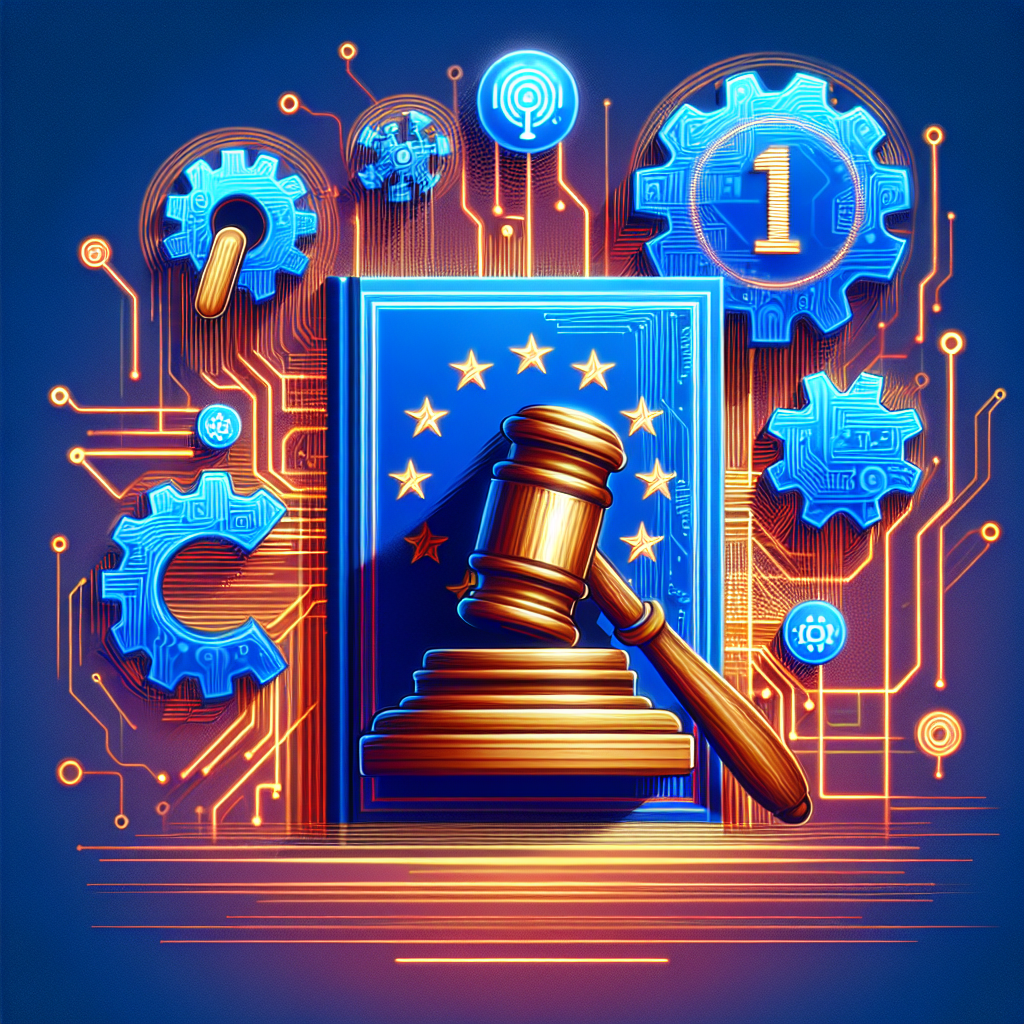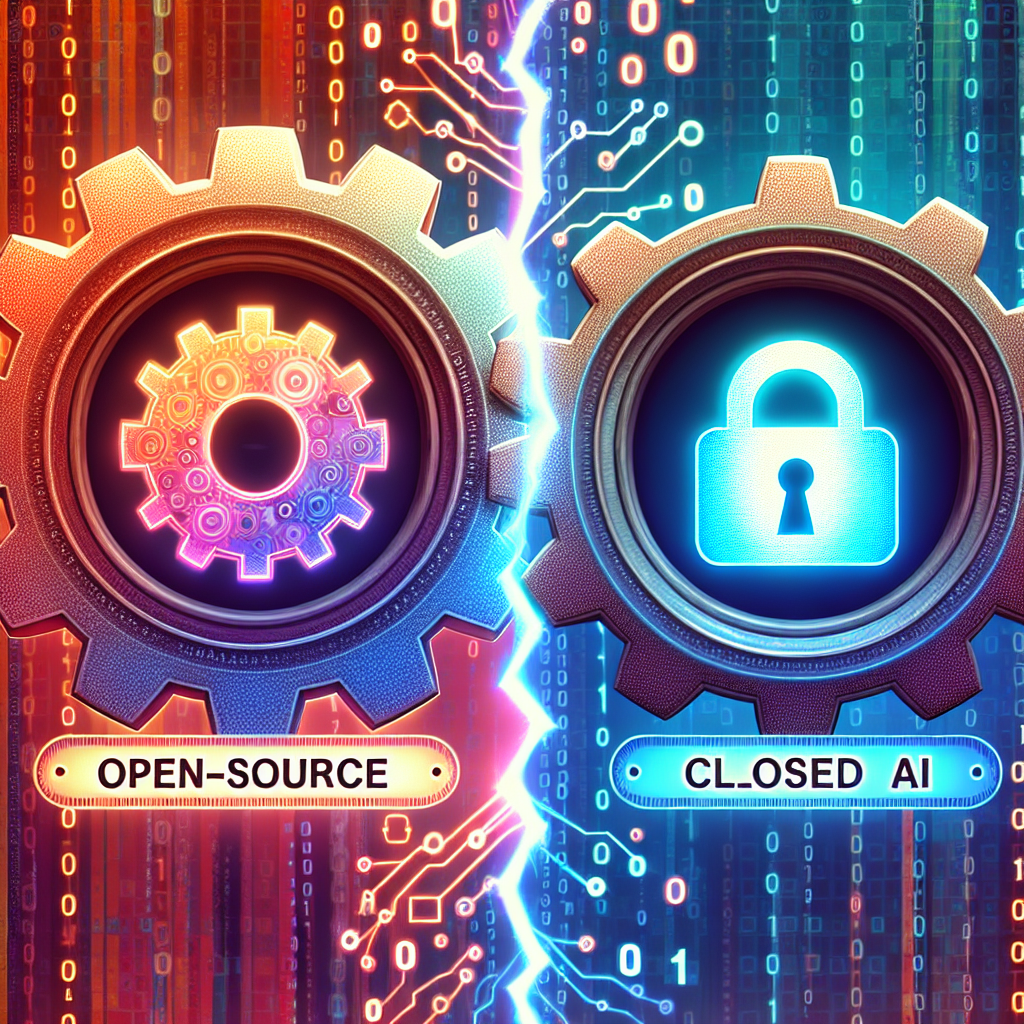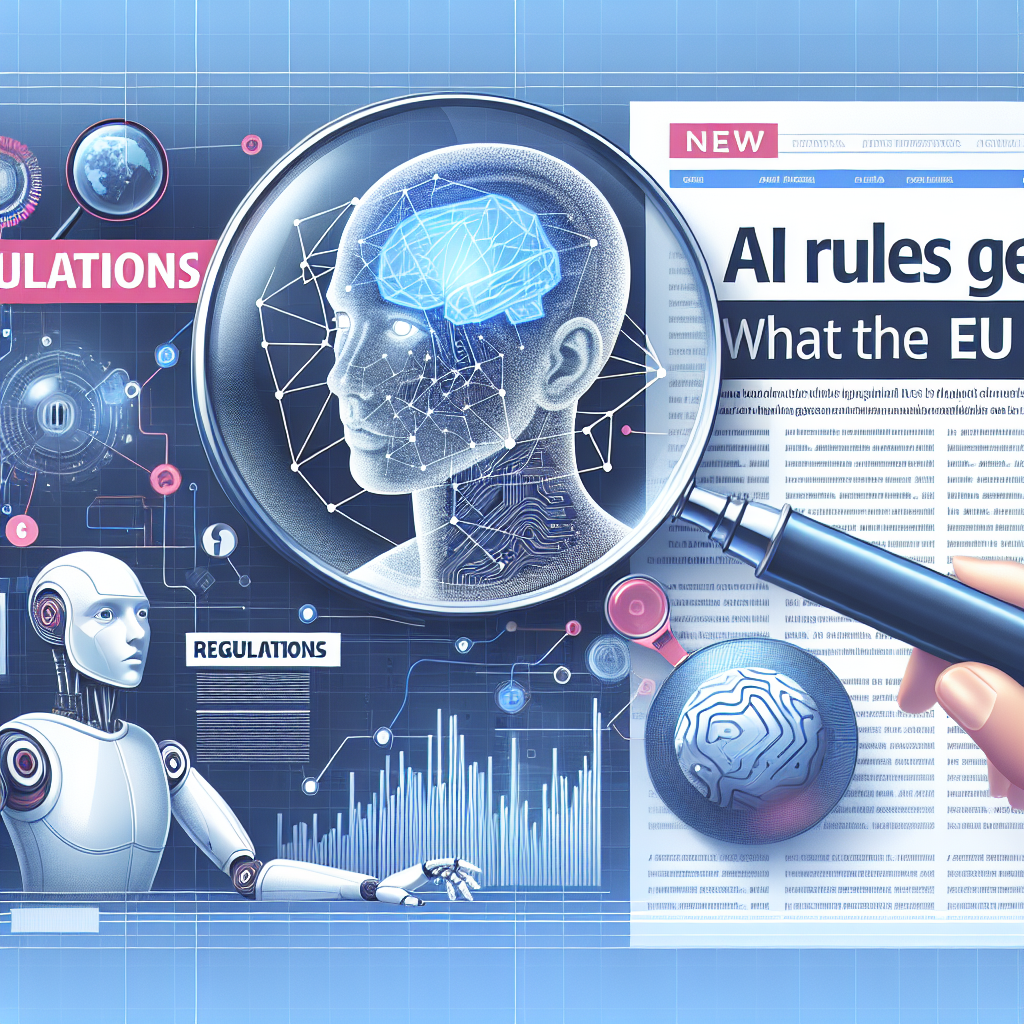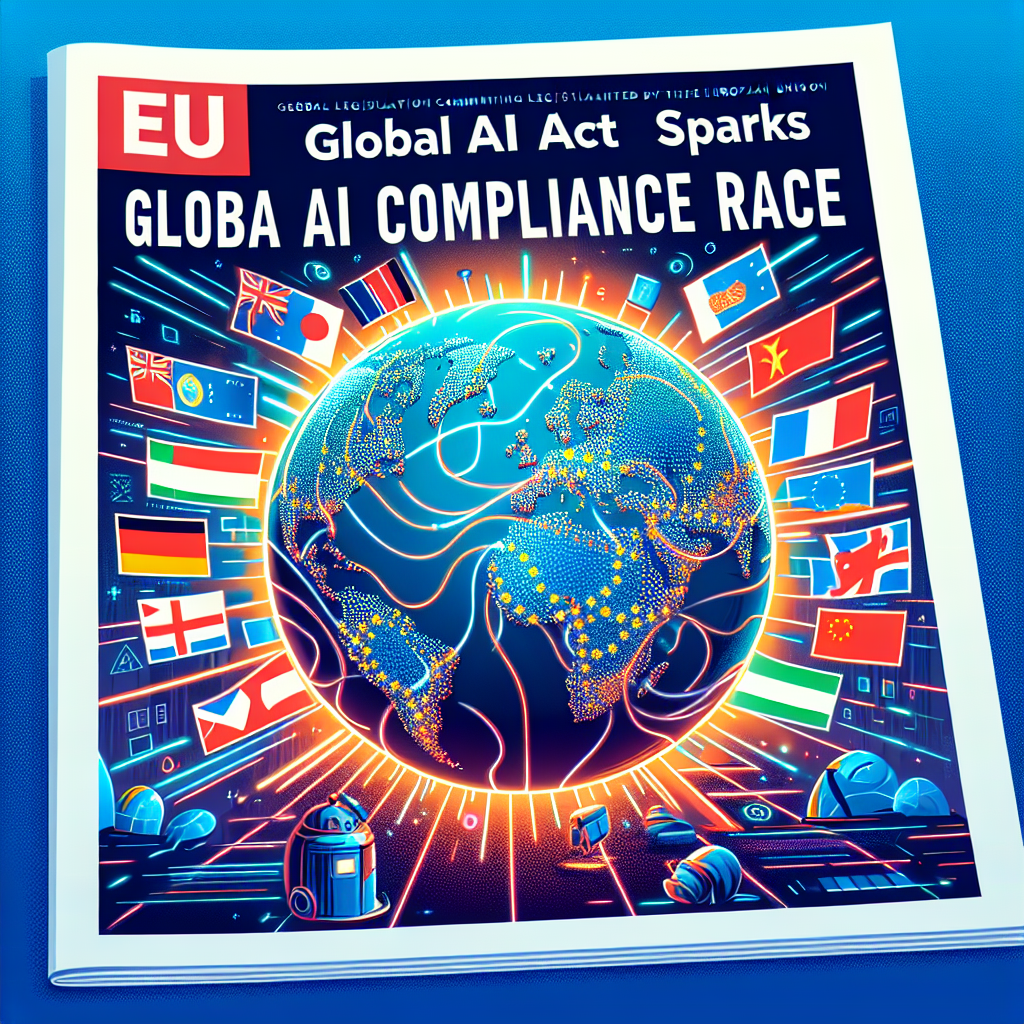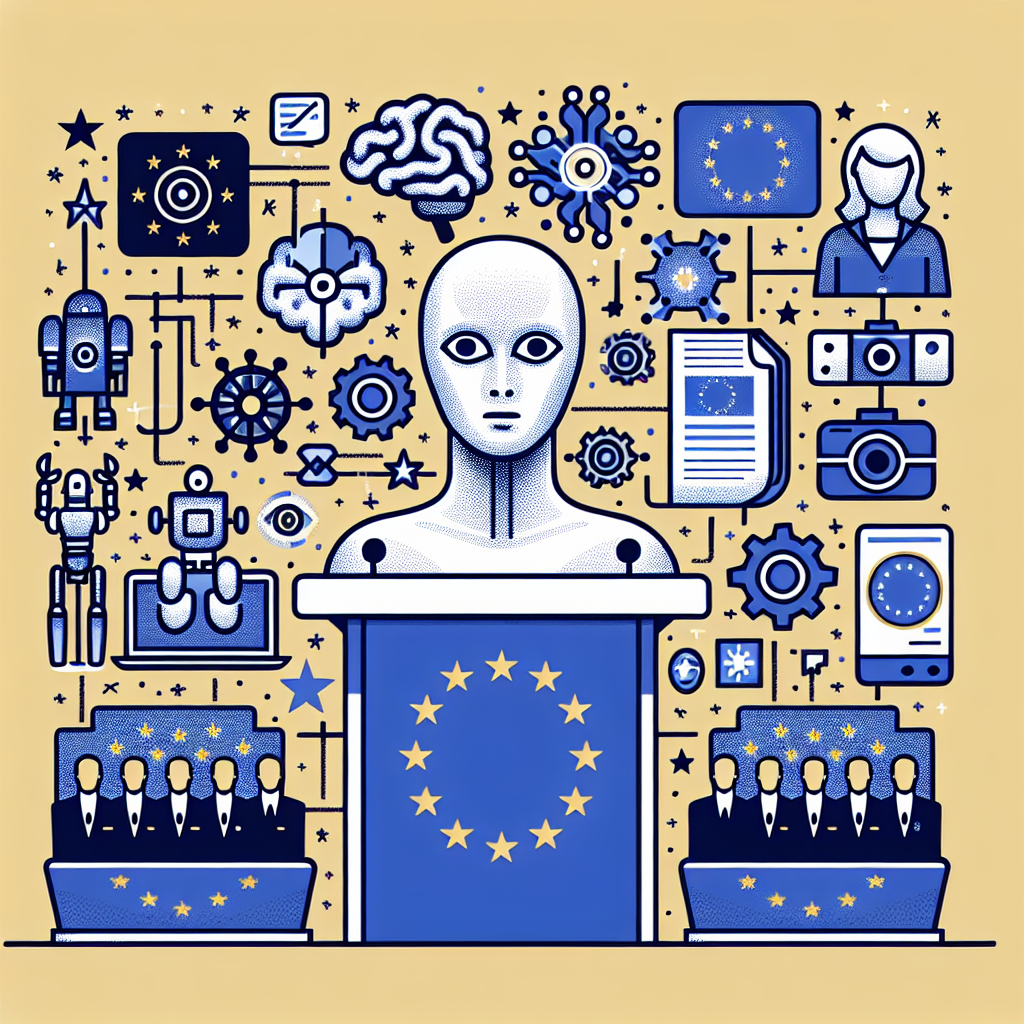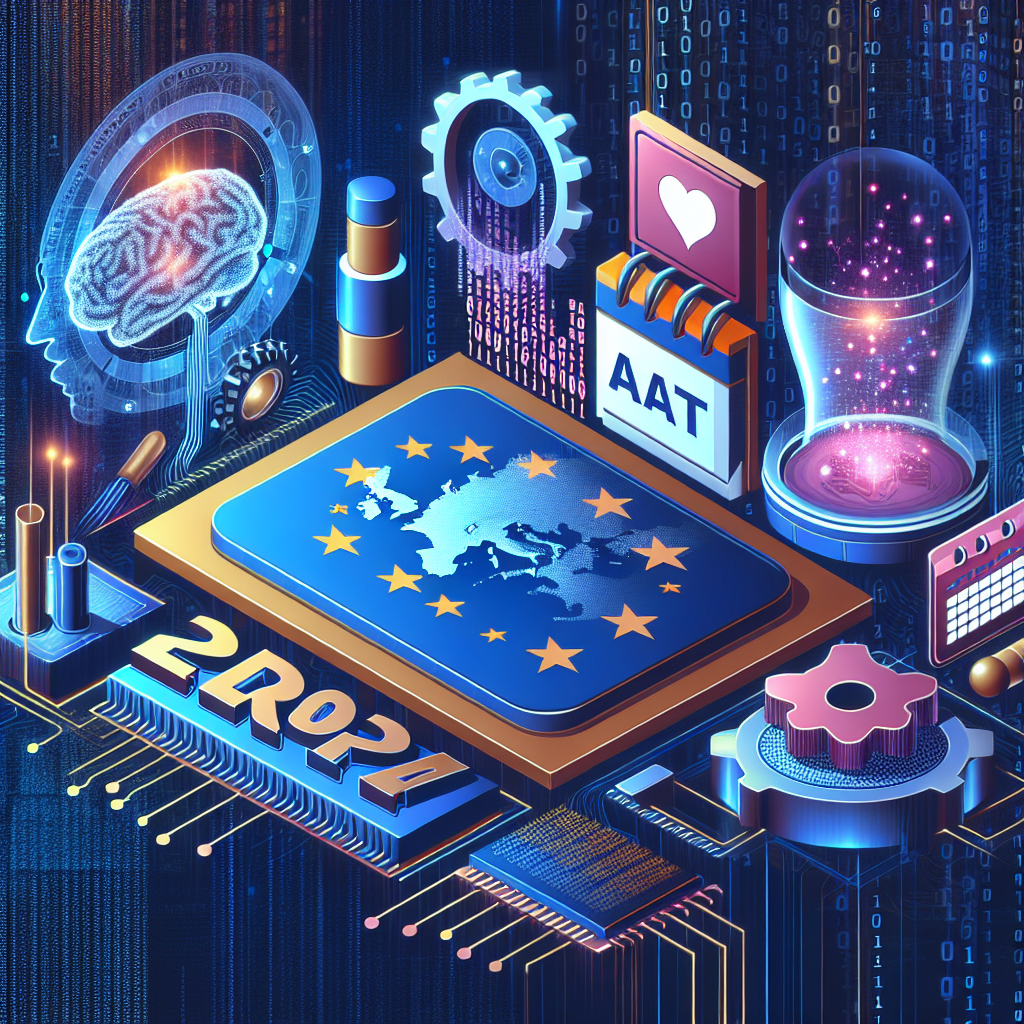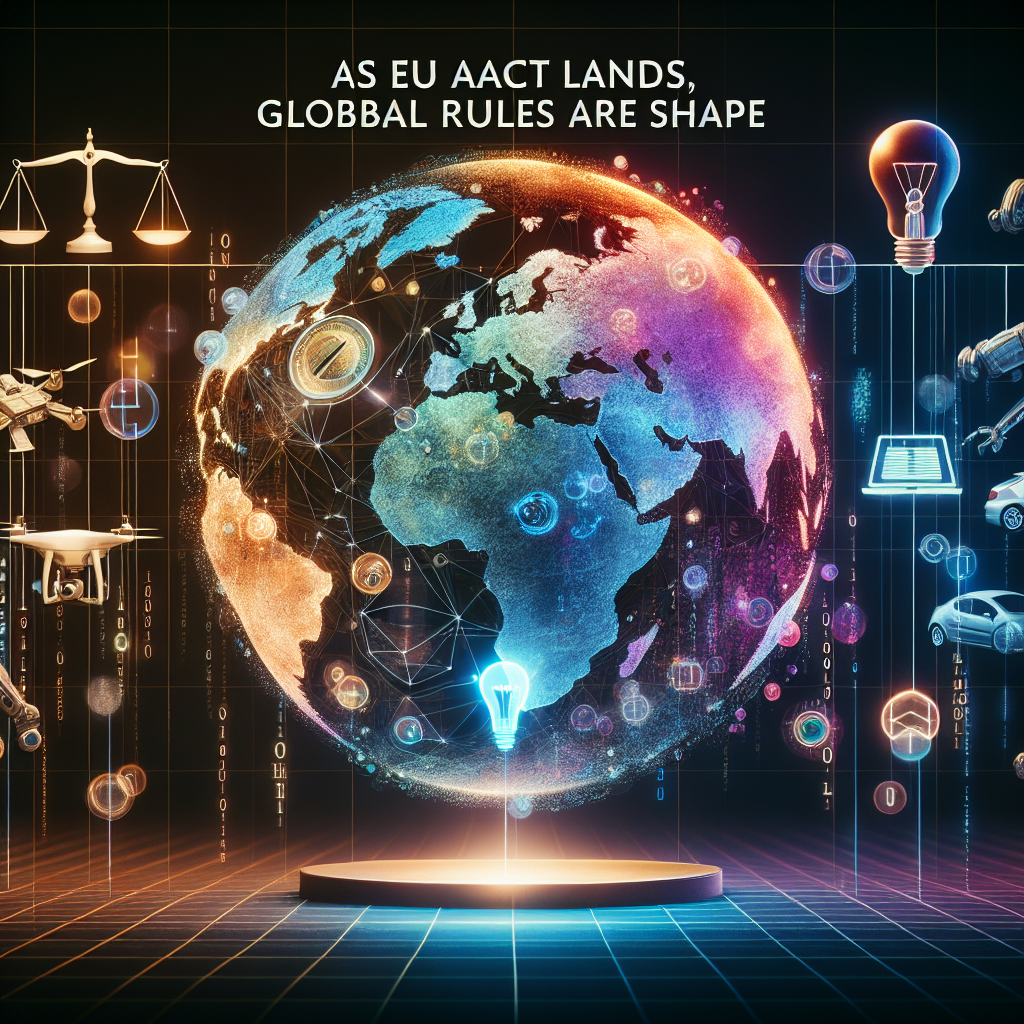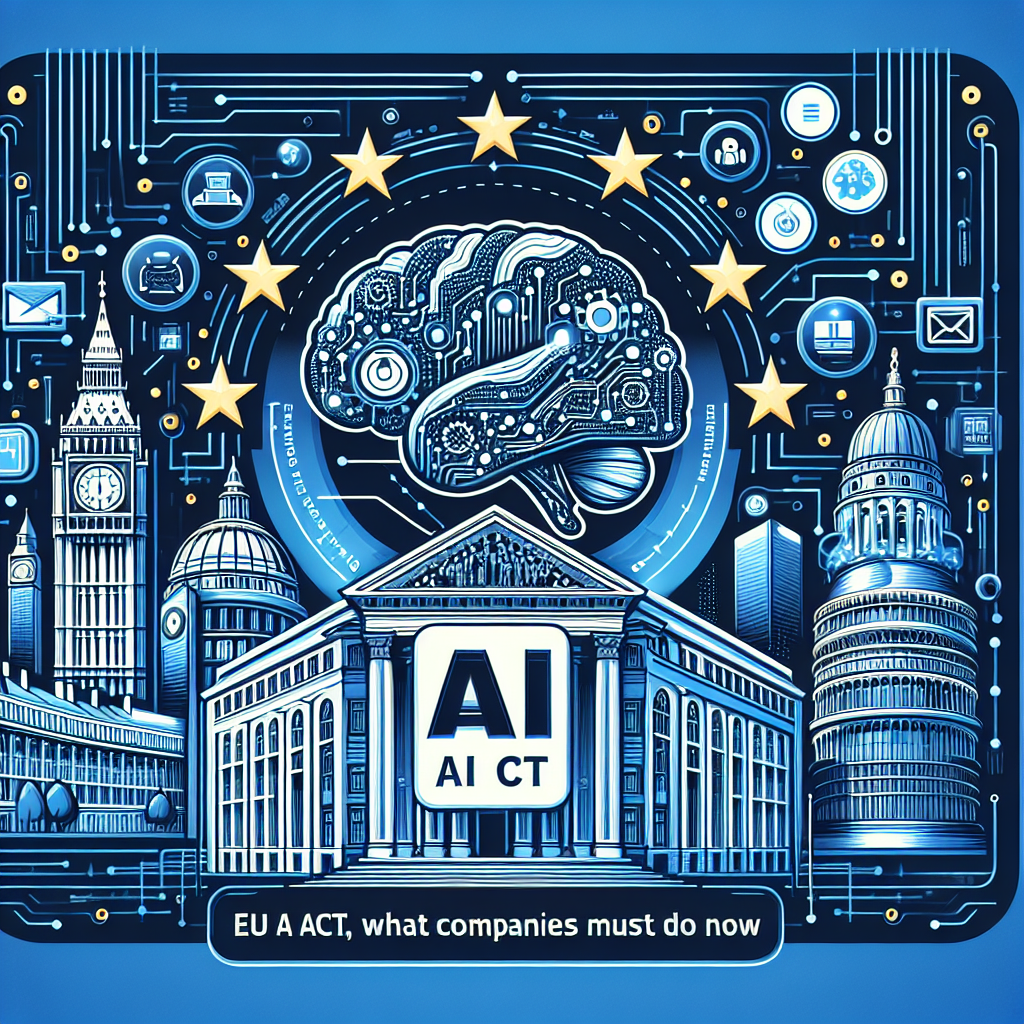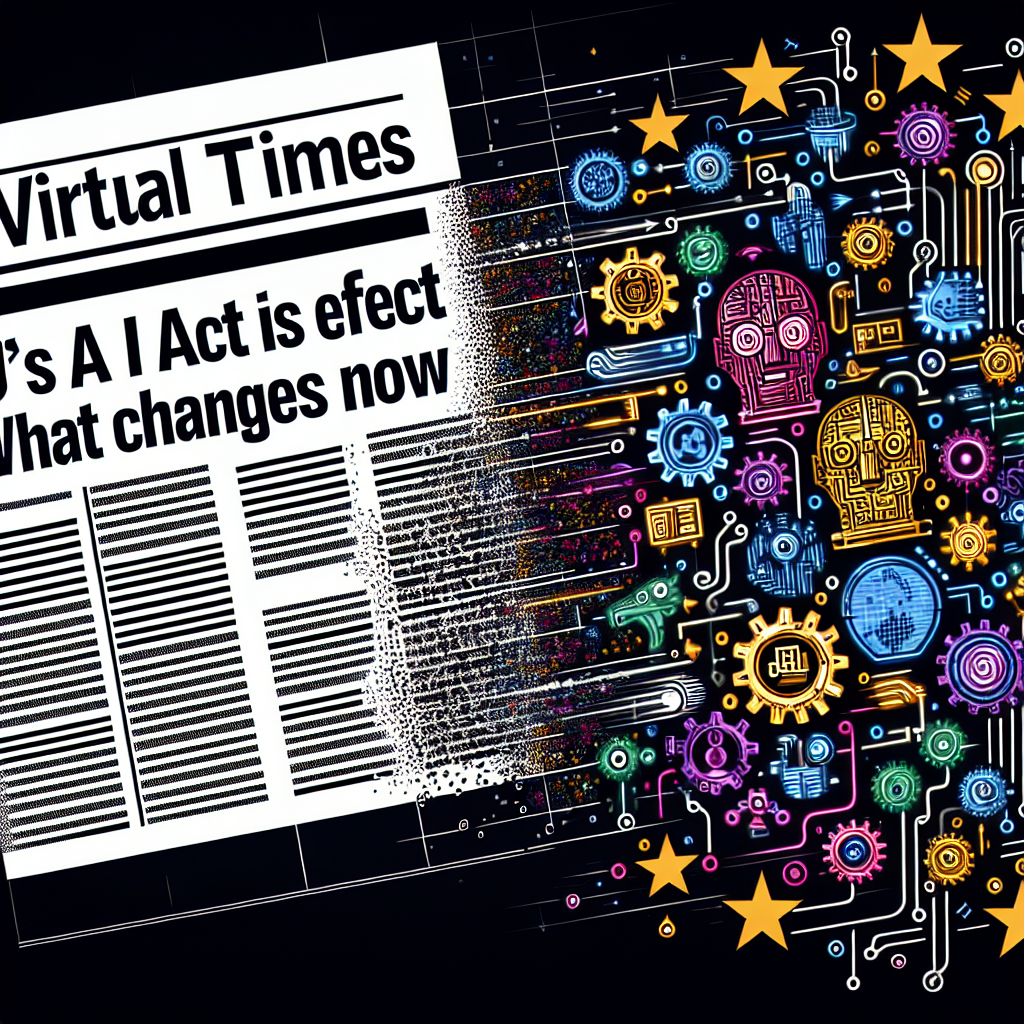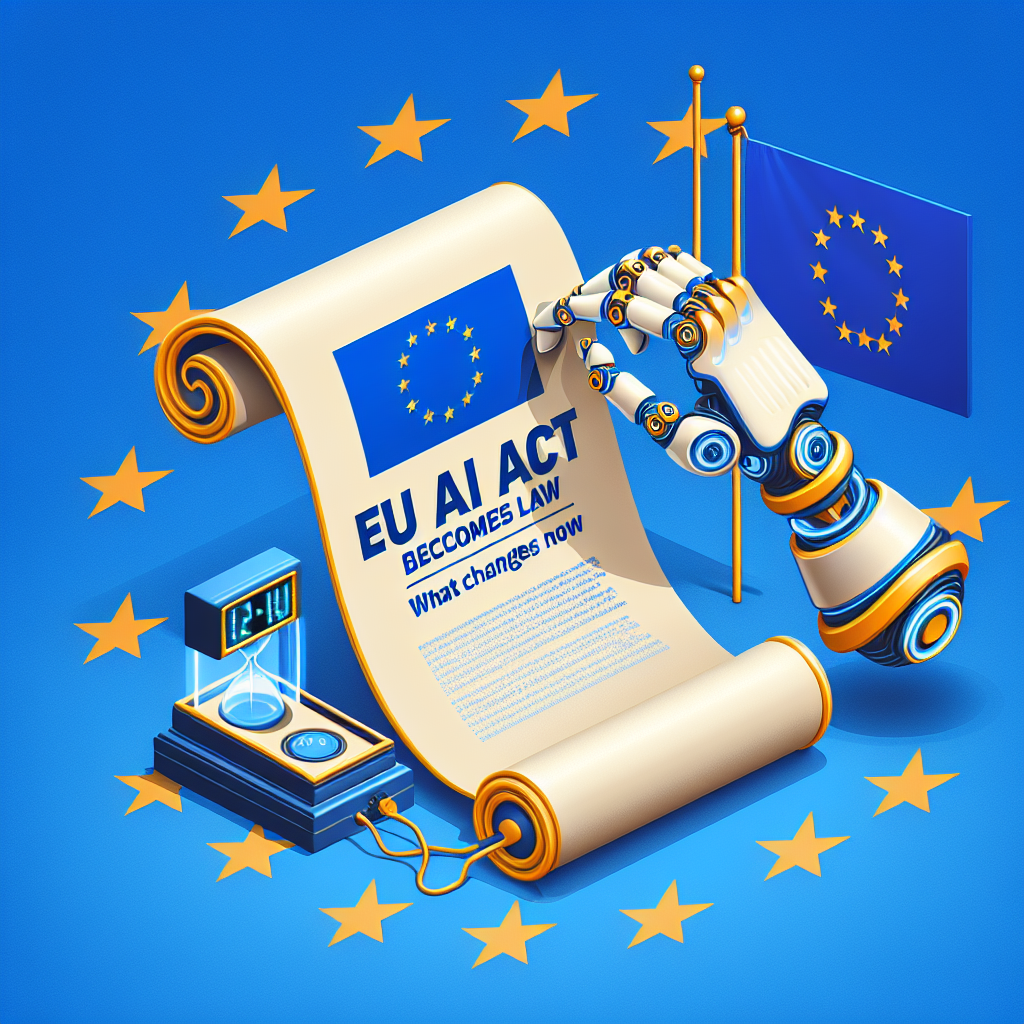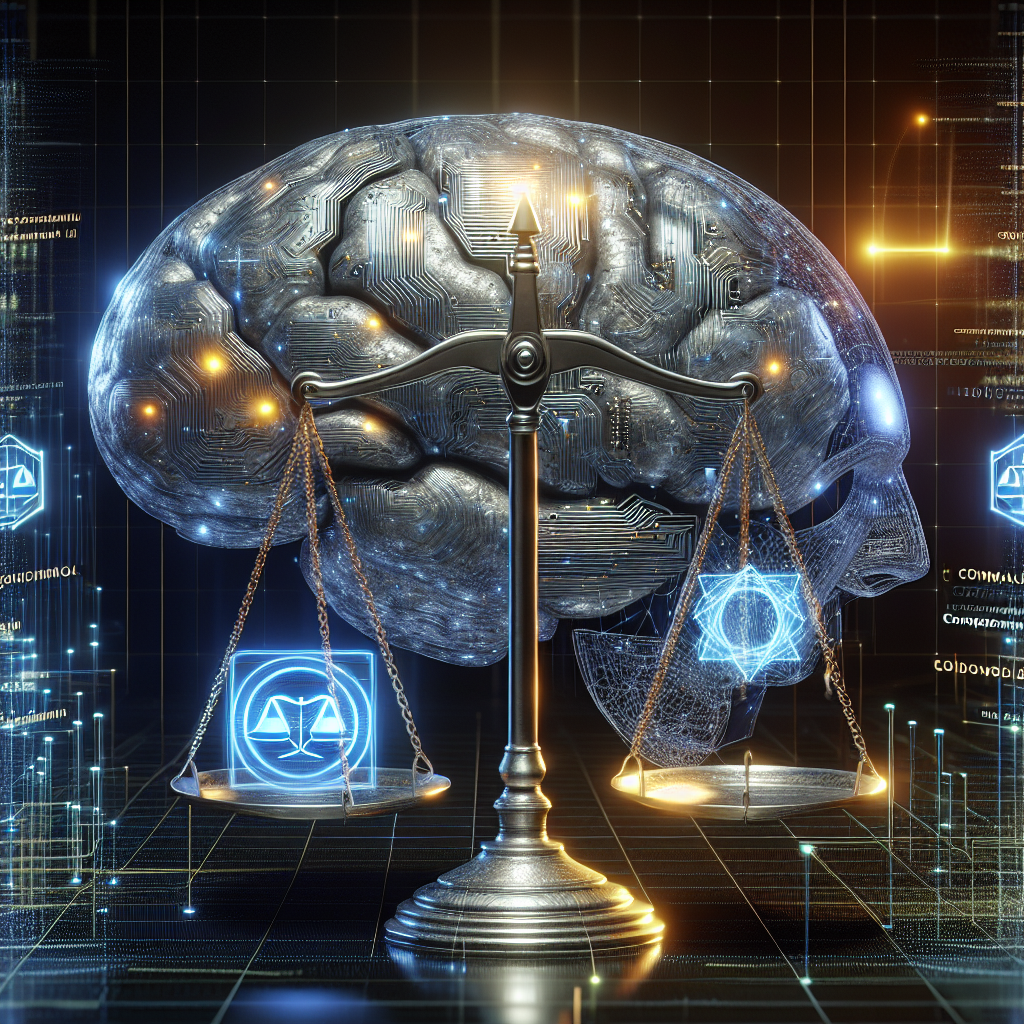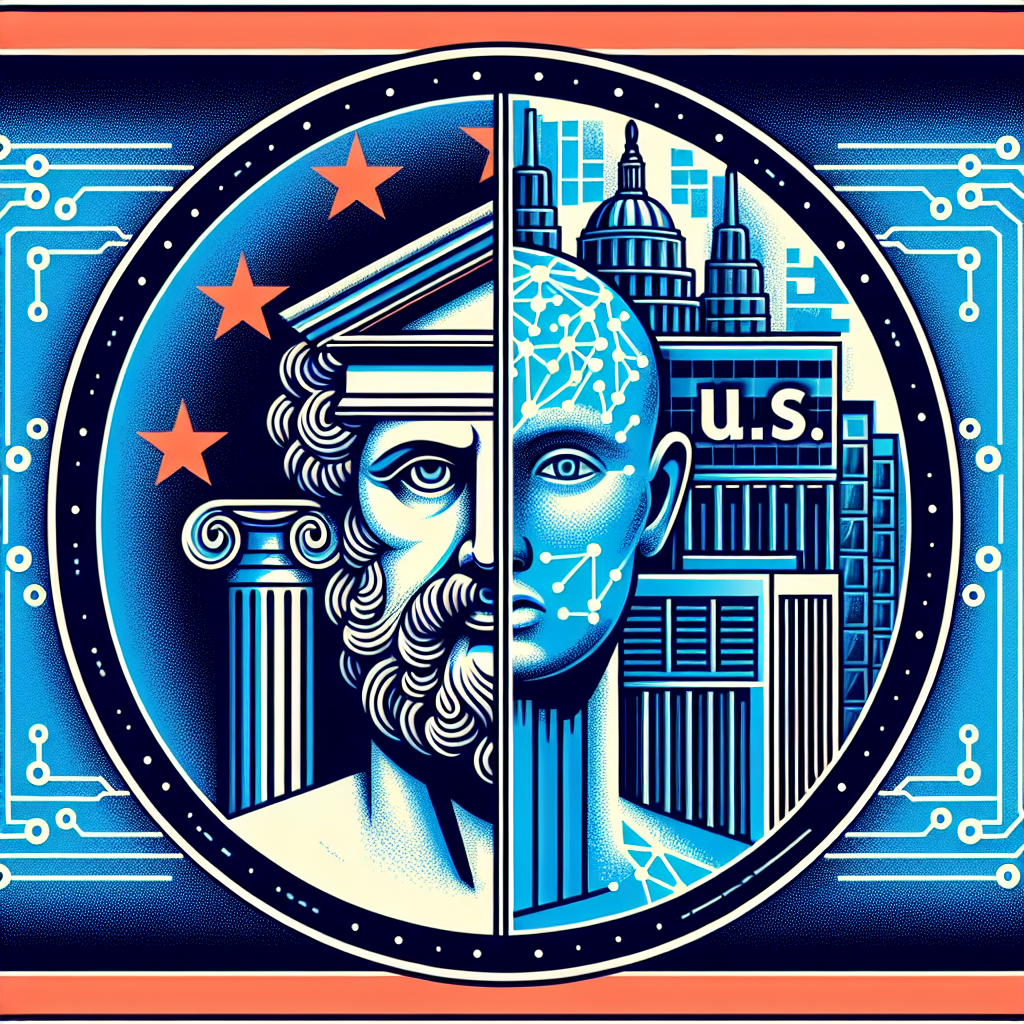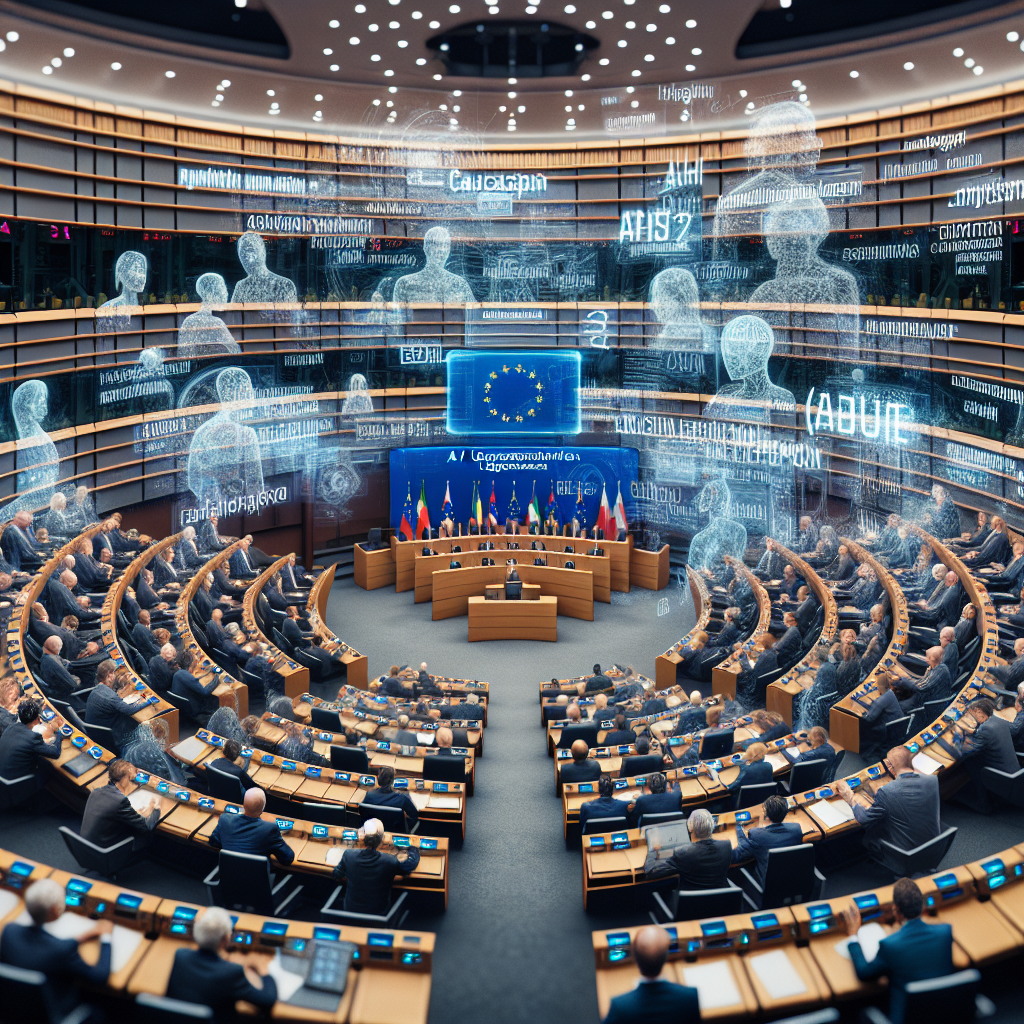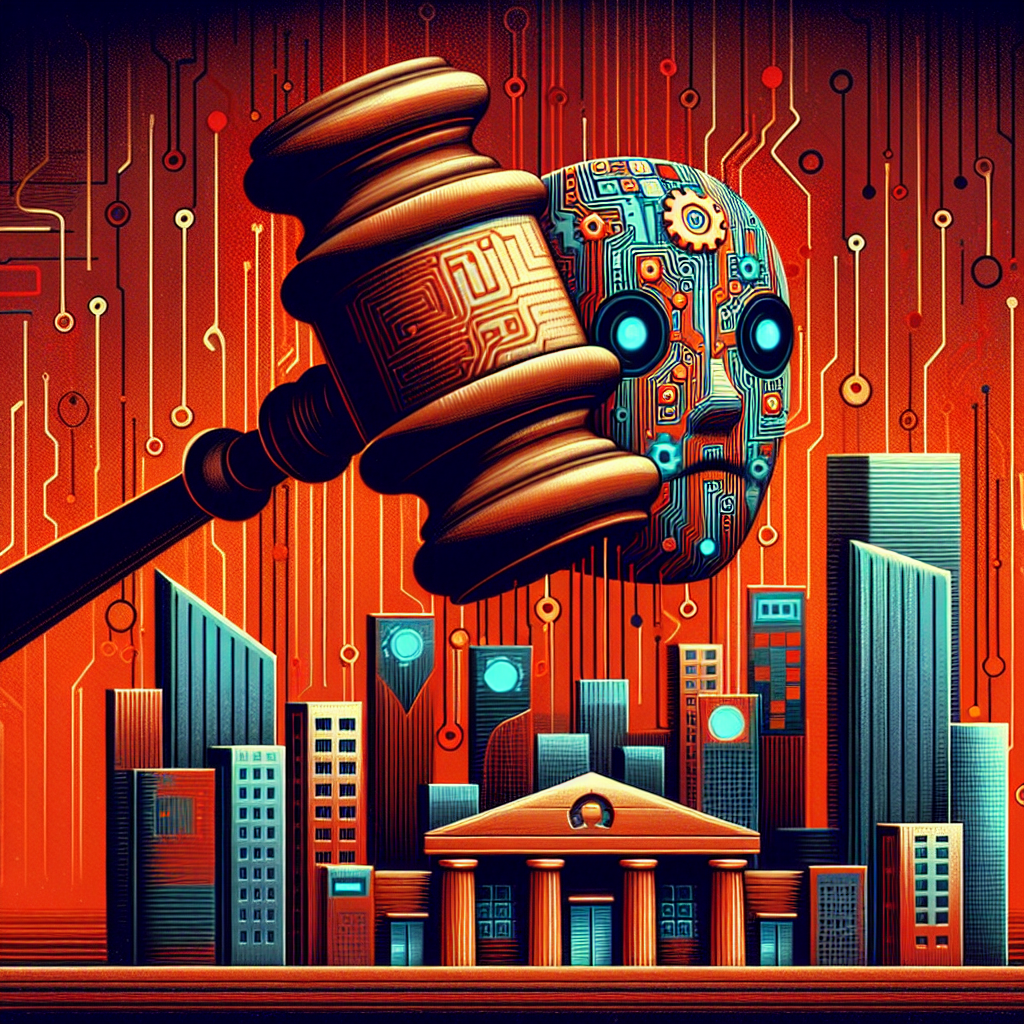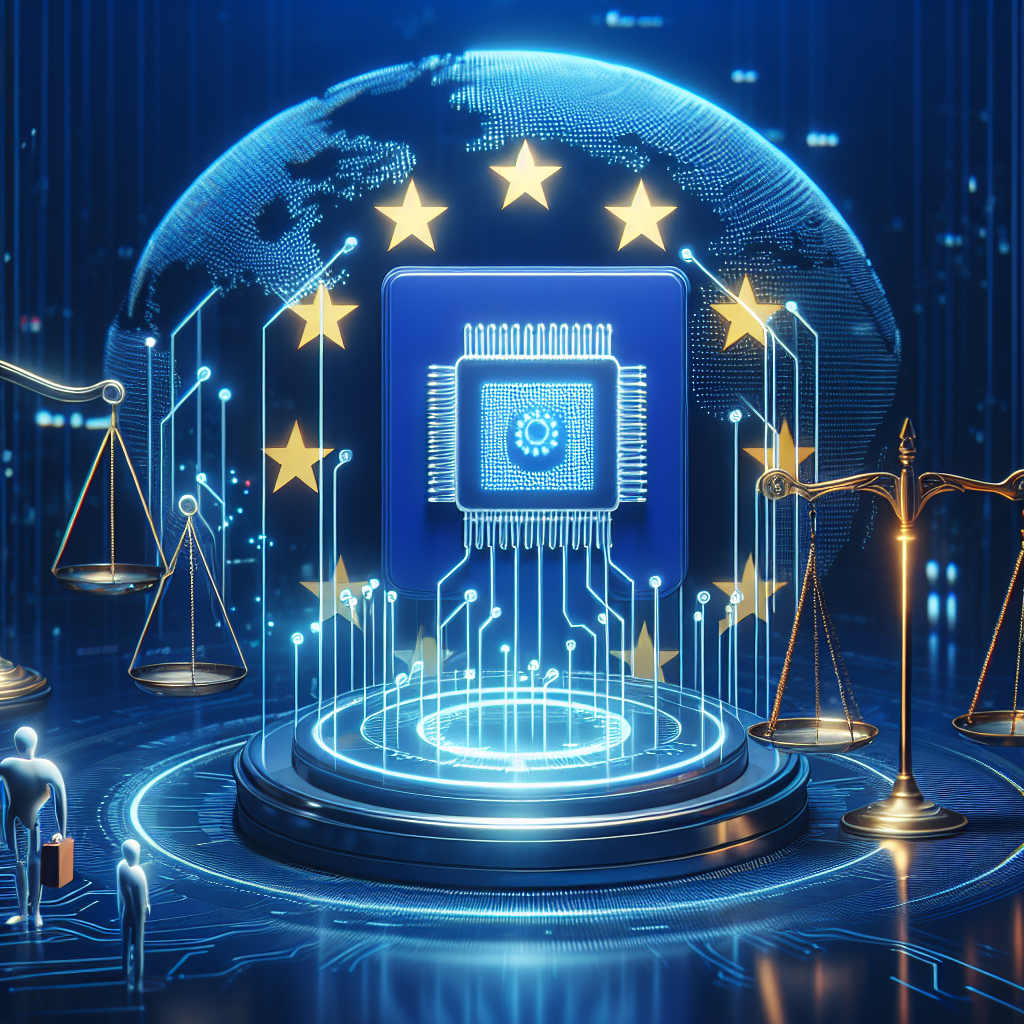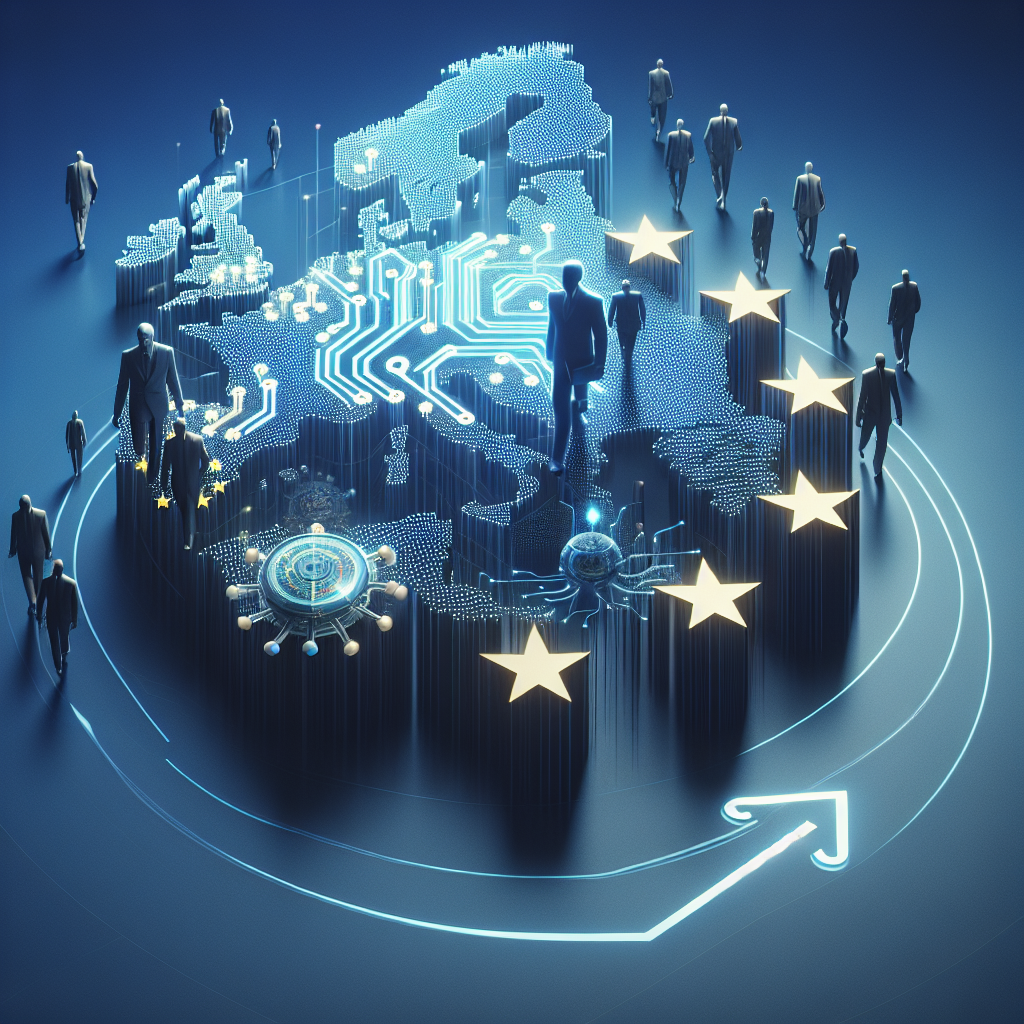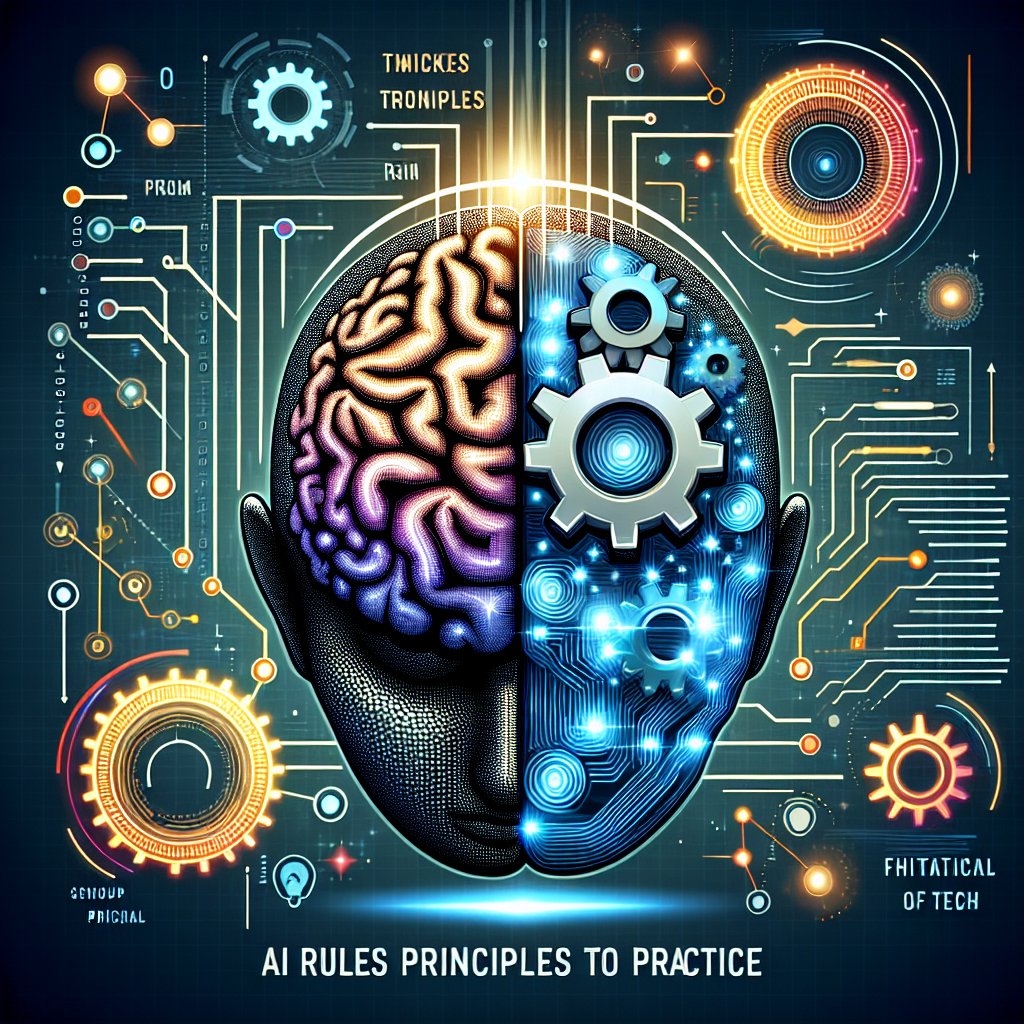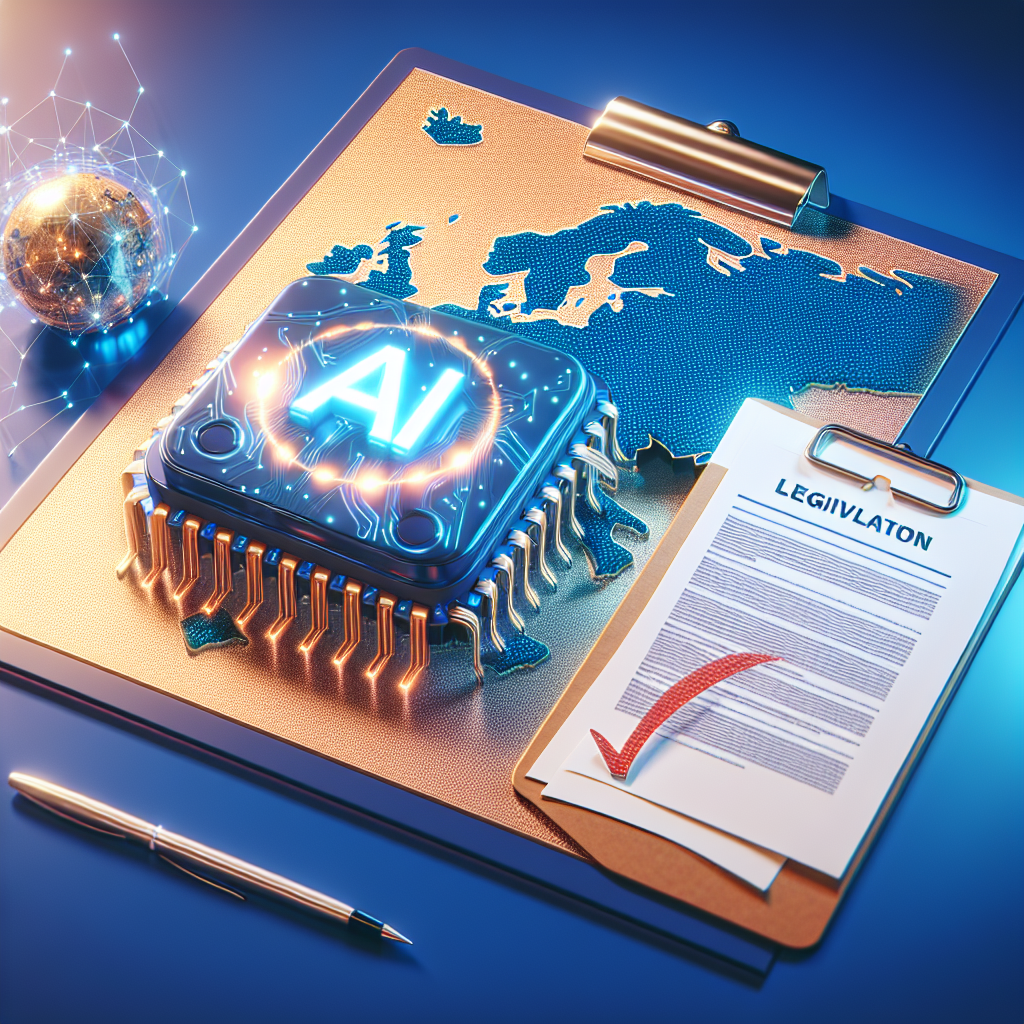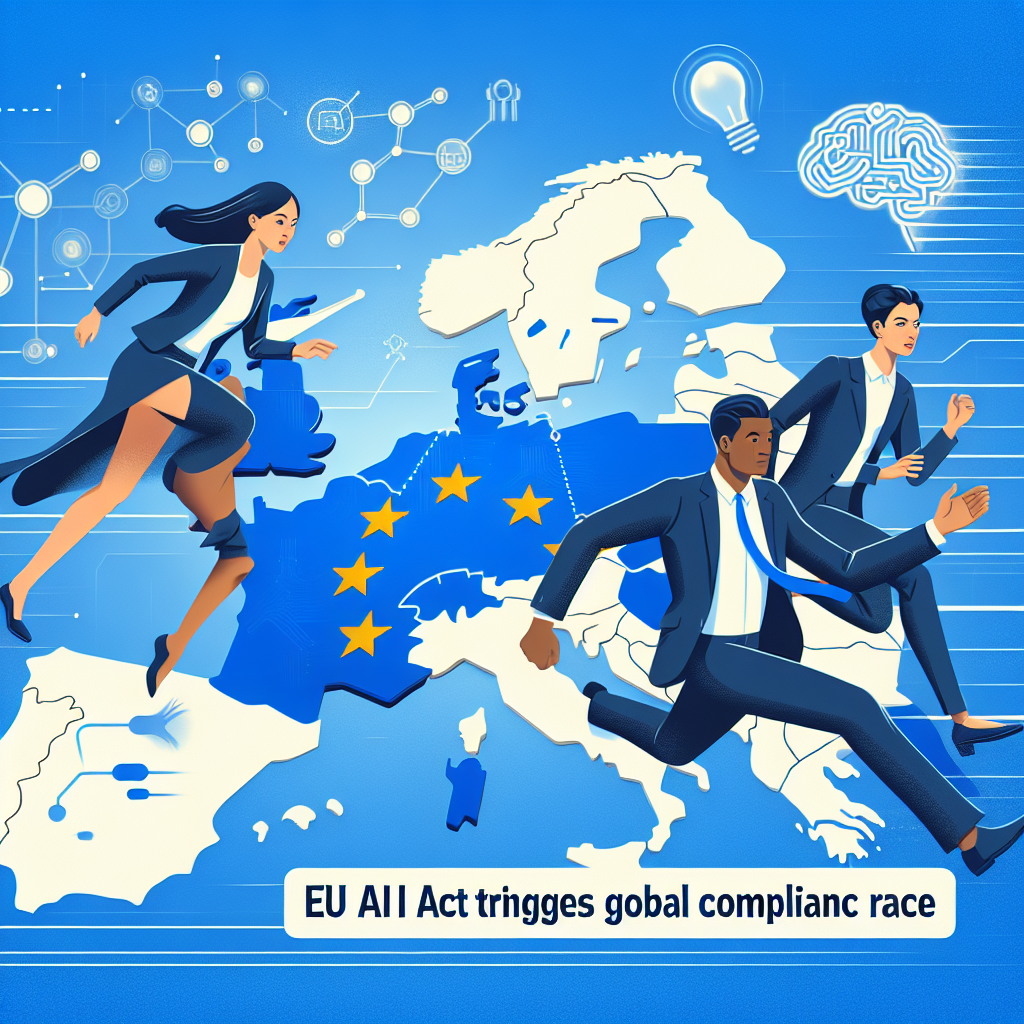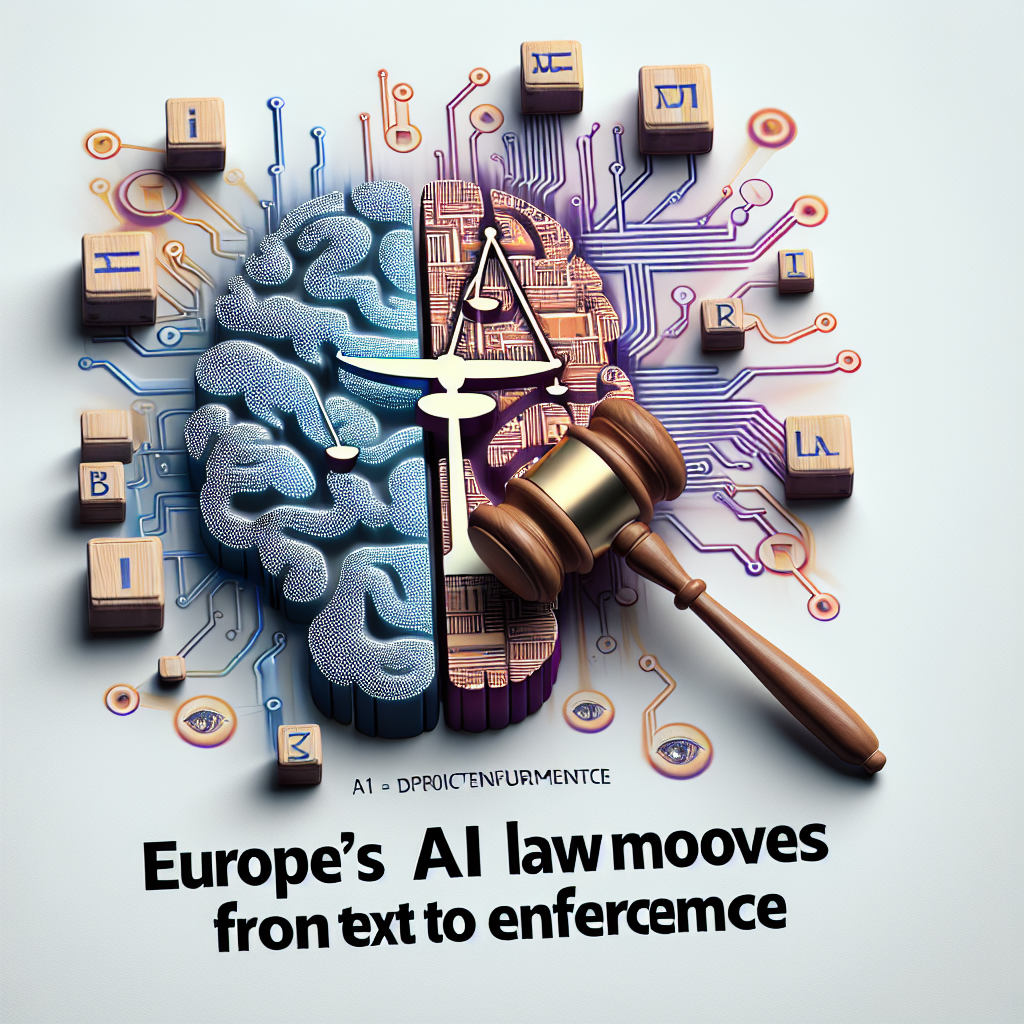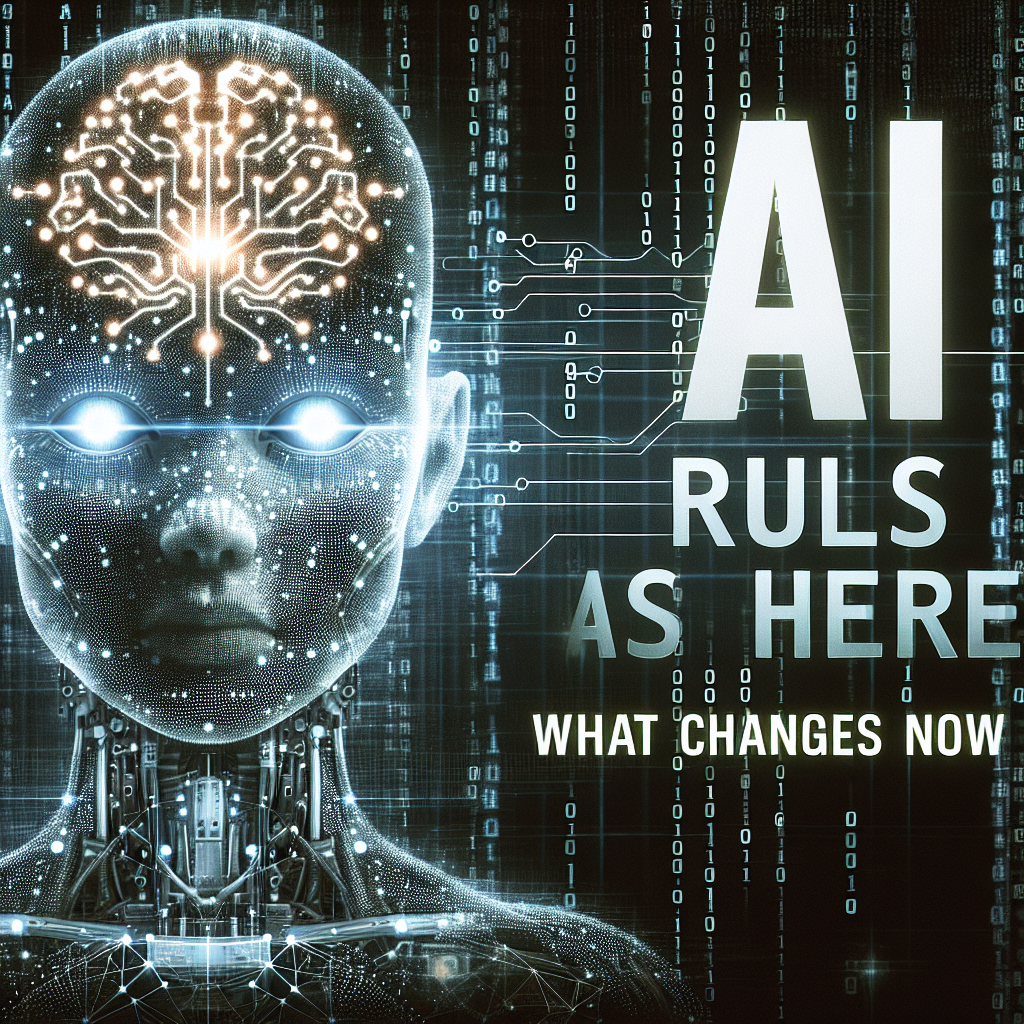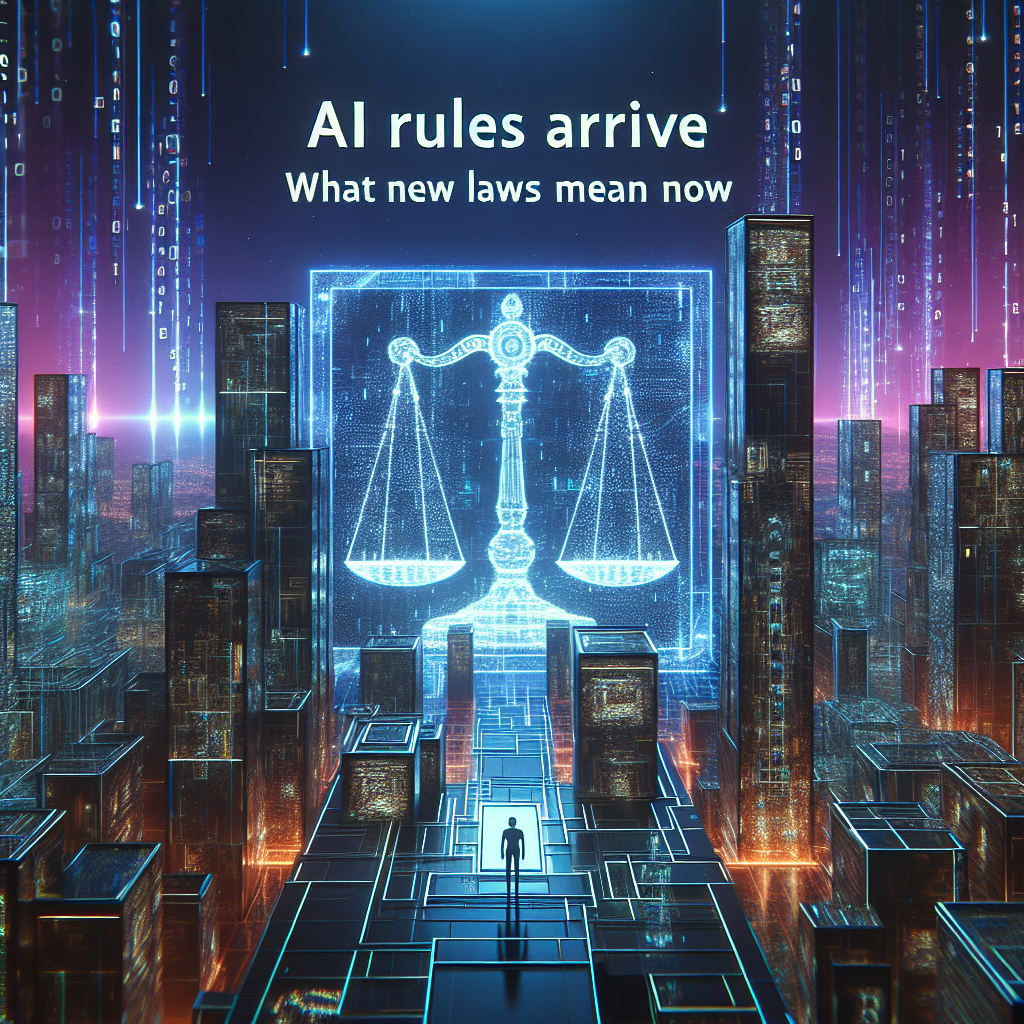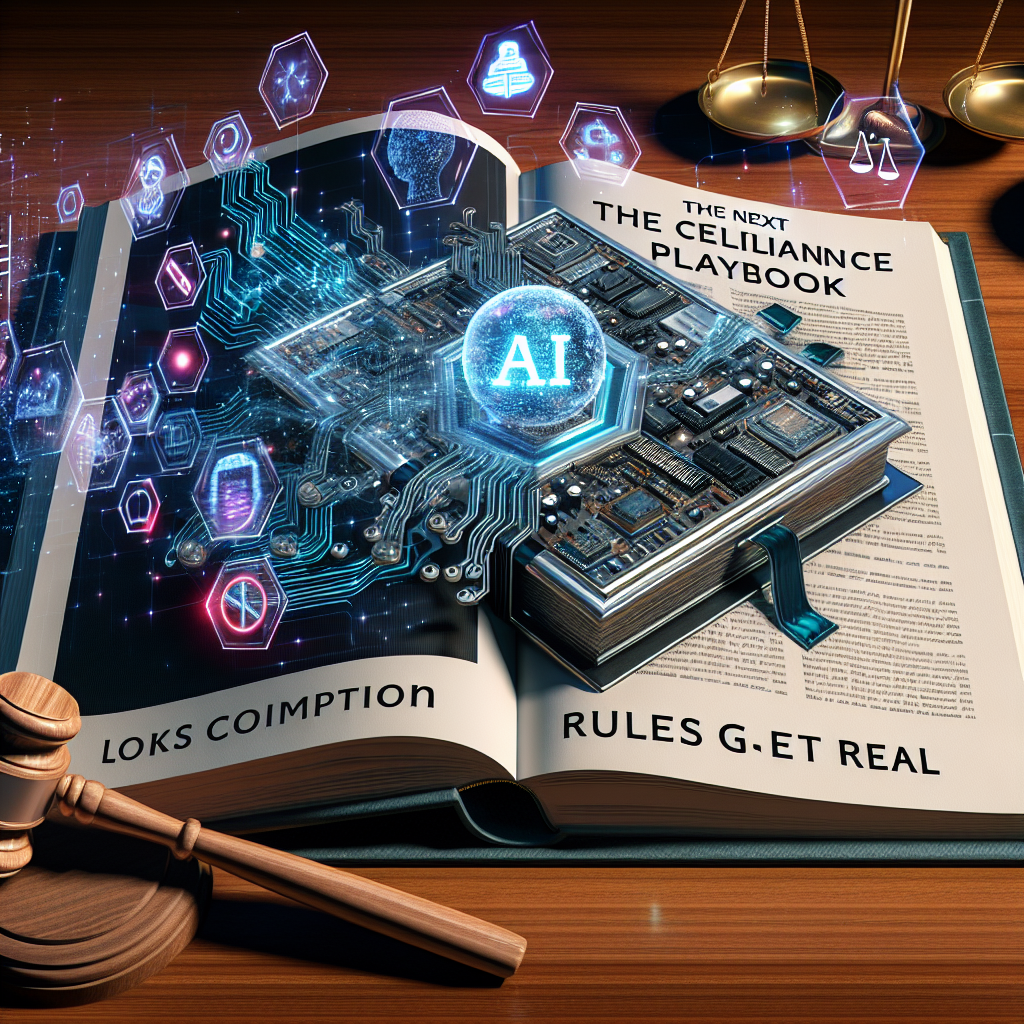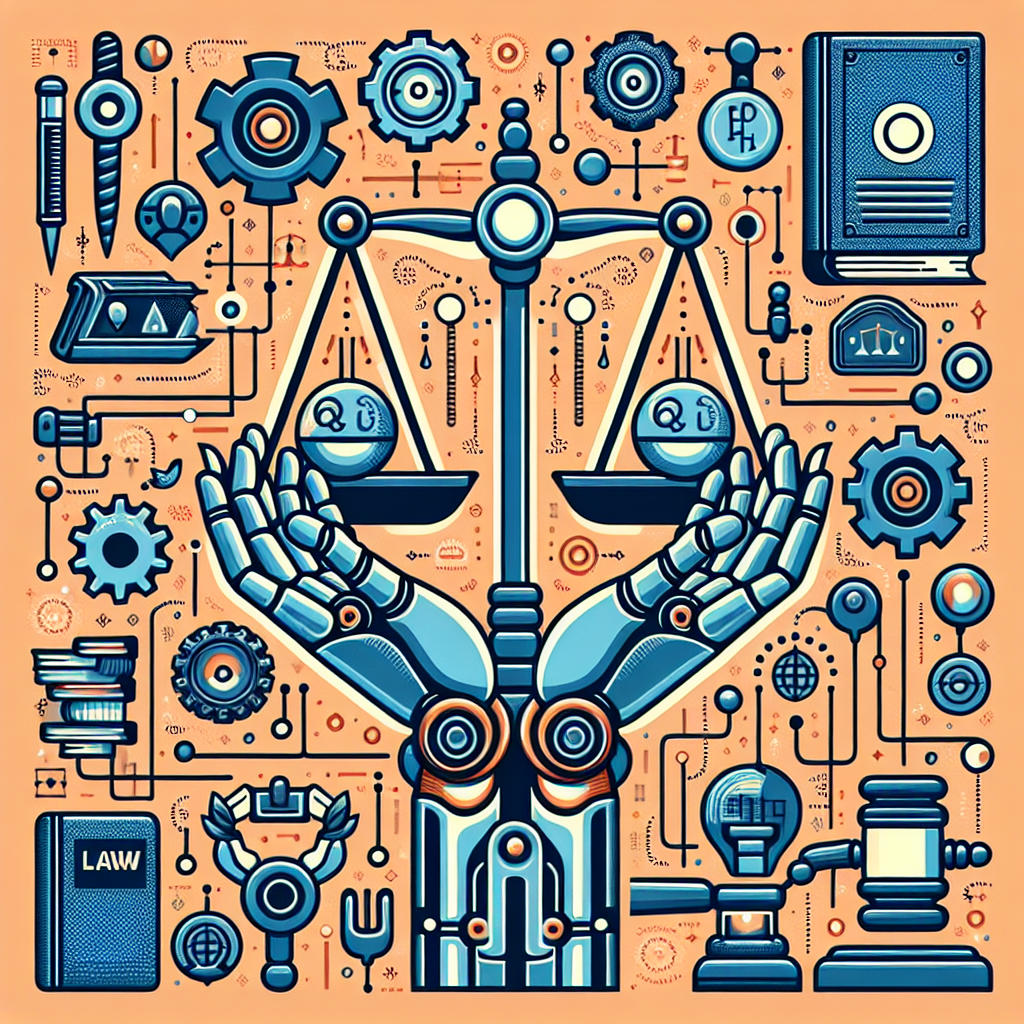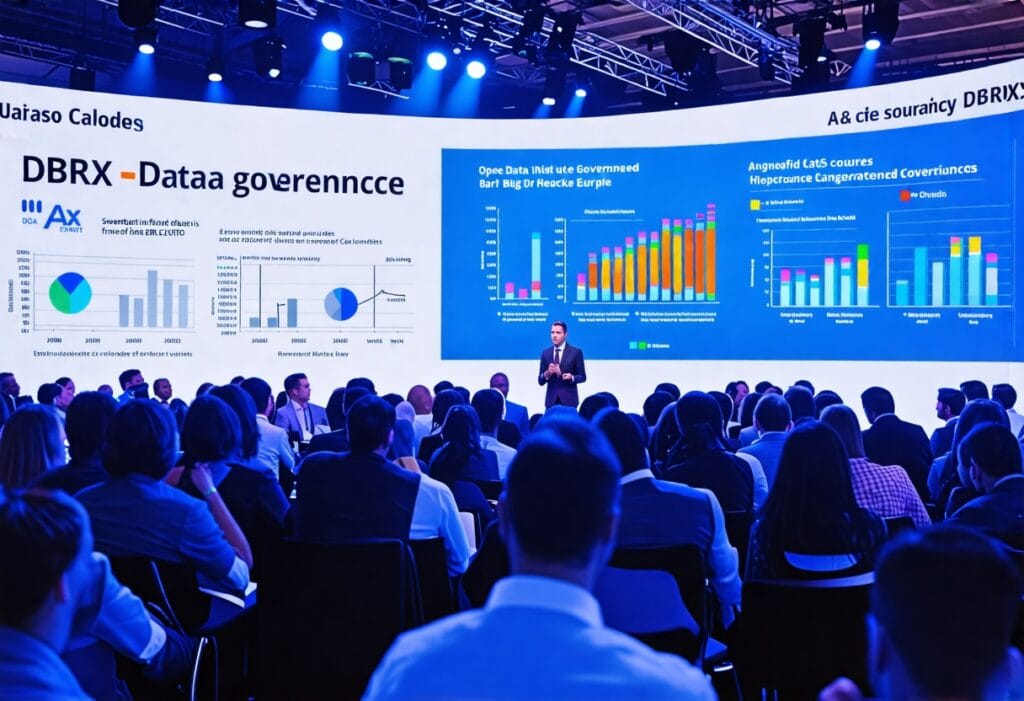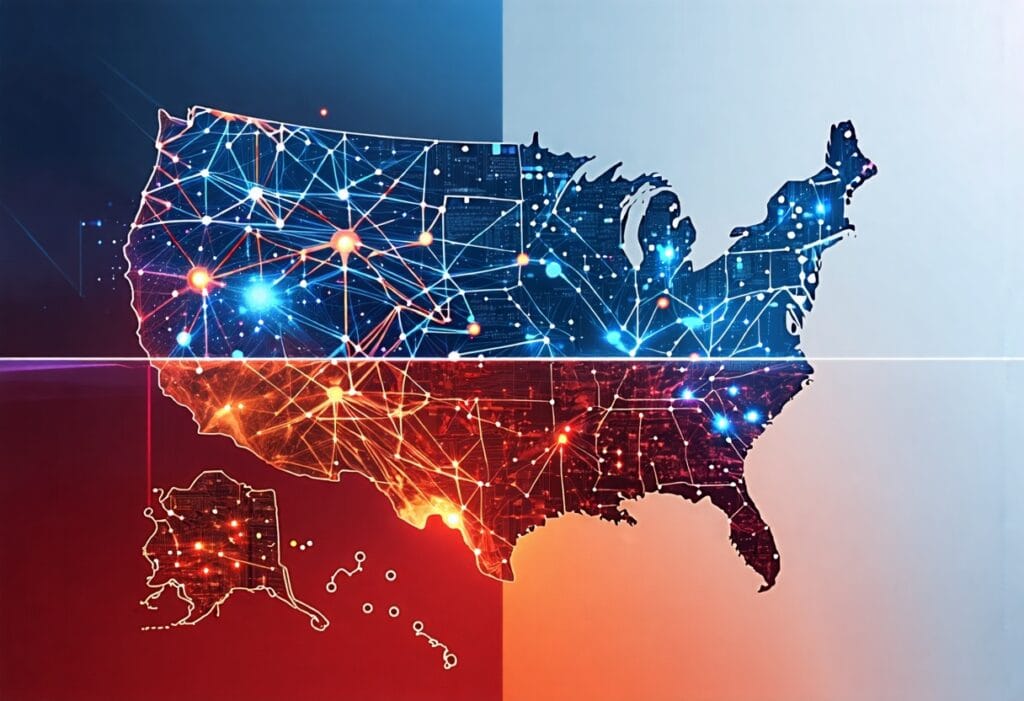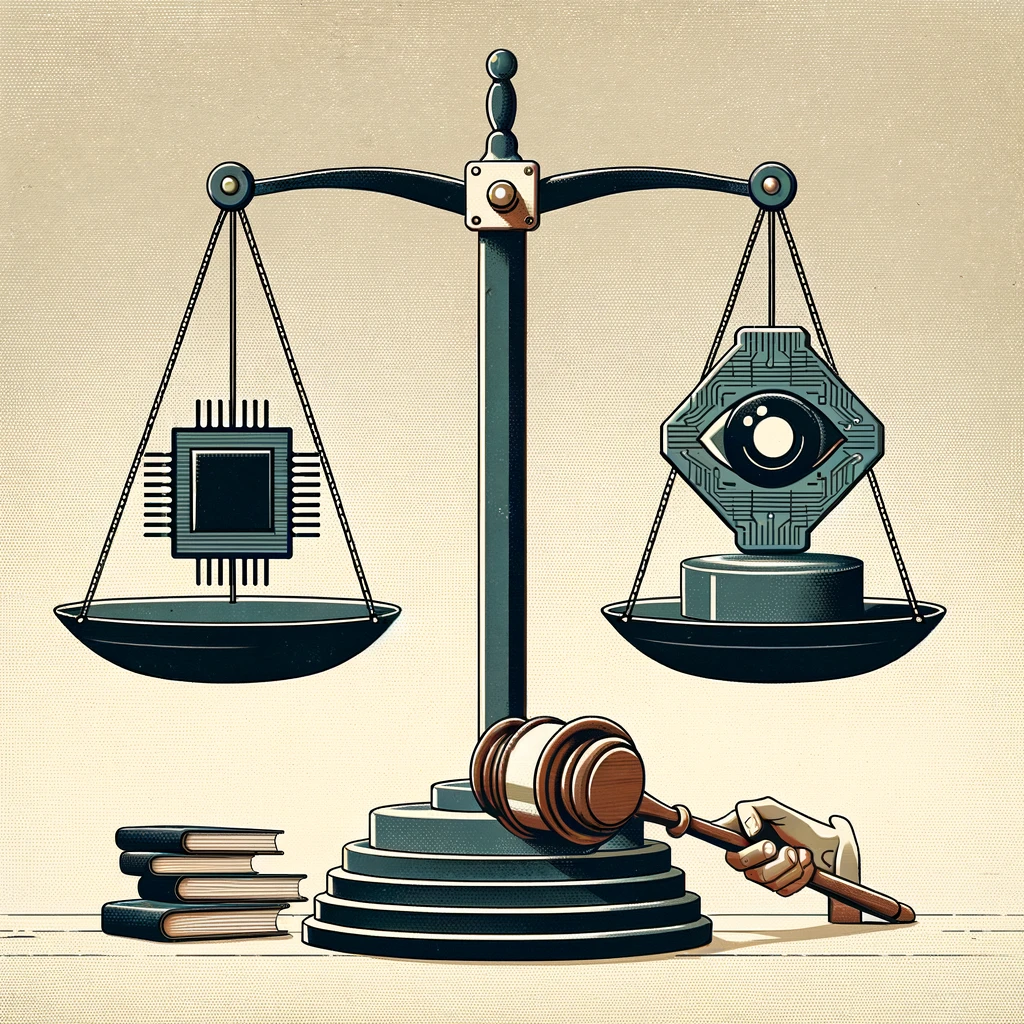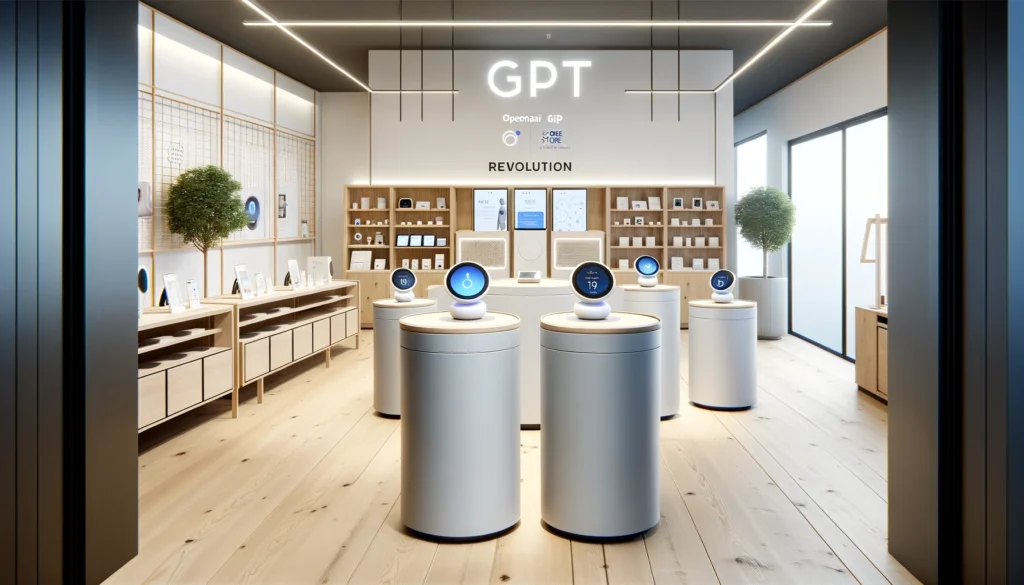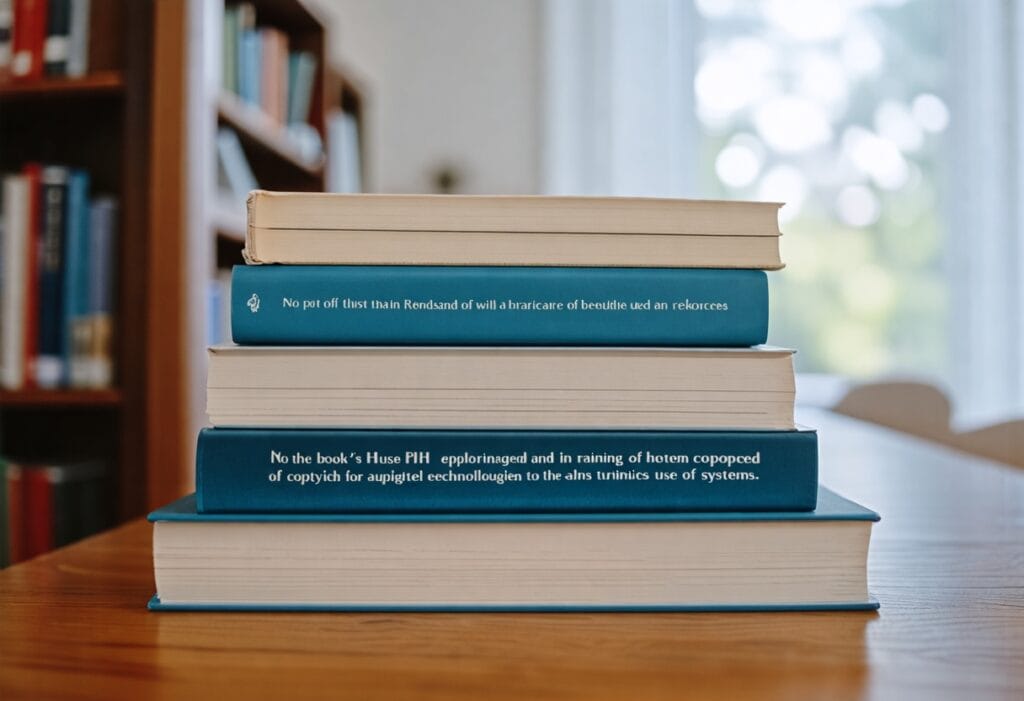Governments Tighten AI Rules as Industry Races Ahead

A new phase for AI oversight
Governments are moving fast to set rules for artificial intelligence as the technology spreads through everyday life and business. The European Union has approved the first broad law on AI. The United States is using an executive order to push safety testing and transparency. The United Kingdom is building a public lab to probe risks. At the same time, major companies are shipping more powerful and more capable models. The gap between regulation and innovation is now the central issue.
Officials frame the goal as simple. Keep the benefits. Limit the harms. The balance is hard. There is momentum on both sides. New rules are taking shape. New models are arriving monthly.
The regulatory wave
The EU’s landmark AI Act moved from draft to law in 2024. It uses a risk-based approach. It bans social scoring by governments. It restricts some biometric uses. It sets transparency rules for deepfakes. It imposes strict obligations for high-risk systems in areas like hiring, credit, and health. Penalties can be steep. Fines can reach up to 7% of global turnover for the most serious violations, or tens of millions of euros. The law will phase in over time. Some bans arrive first. Detailed duties for high-risk and general-purpose systems follow.
In the United States, the White House issued Executive Order 14110 in October 2023. It leans on the Defense Production Act. It requires developers of the most powerful AI models to share safety test results with the government. It directs the National Institute of Standards and Technology to define red-teaming methods. It pushes for content provenance tools and watermarking. The order’s fact sheet calls for “safe, secure, and trustworthy” AI. Agencies spent 2024 drafting guidance and standards. Many deadlines fall in stages, creating pressure on both developers and regulators.
The United Kingdom launched the AI Safety Institute in late 2023. Its mission is to evaluate frontier systems. It seeks to understand failure modes, from hallucinations to more serious misuse. It partners with other nations and labs. Global coordination has increased since the 2023 AI Safety Summit at Bletchley Park and a follow-up meeting in Seoul in 2024. Countries continue to debate common testing methods and disclosure rules.
Industry moves faster
While regulators write rules, companies continue to ship. In 2024, developers released models with longer context windows and better multimodal skills. Assistants can now see, speak, and reason in real time. OpenAI unveiled GPT-4o with live voice features. Google pushed long-context Gemini models. Anthropic launched the Claude 3 family, targeting reliability and analysis. Enterprise use is rising. Customer support, code assistance, and document search are common entry points.
Industry leaders say they welcome clear guardrails. They also warn about heavy burdens. Sam Altman of OpenAI told U.S. senators in 2023, “We think that regulatory intervention by governments will be critical.” Companies are forming internal safety teams, adding model cards, and publishing evaluation methods. They also want predictable rules across markets. Fragmentation raises cost and risk.
What the rules mean for businesses
Even firms that do not build models will feel the impact. Many will deploy AI in hiring, sales, or customer service. Under the EU AI Act and U.S. guidance, they will face duties to assess risk and document controls. Compliance will span legal, security, and data teams.
- Inventory your AI. Map where AI is used, the data it touches, and who is accountable.
- Classify risk. Identify high-risk use cases, such as employment screening or credit scoring, and apply stricter controls.
- Test and red-team. Use structured tests for bias, privacy leaks, safety, and robustness before and after release.
- Explain and disclose. Provide clear notices when AI is used. Label synthetic media. Offer appeal channels for important decisions.
- Manage data. Track sources, licenses, and consent. Limit sensitive attributes. Log access and changes.
- Monitor and improve. Watch for drift, errors, and misuse. Update models and policies on a schedule.
Many of these steps align with NIST’s risk concepts. They also echo long-standing rules in privacy and financial services. The difference is scale and speed. AI systems can change behavior with new prompts or data. Controls must keep pace.
Civil society, researchers, and the open-source debate
Academics and advocates welcome stronger oversight. They warn about bias, surveillance, and disinformation. They also want more public access to safety data. Some argue that open models support transparency and innovation. Others fear that open weights can be misused.
Geoffrey Hinton, a pioneer of deep learning who left Google in 2023, described his concerns plainly: “I think it is reasonable to be worried about these things.” Researchers urge more funding for red-teaming, benchmarks, and audits. They call for incident reporting, similar to aviation or cybersecurity. A few propose licensing for the most advanced models. Others say licensing could entrench incumbents and slow research.
There is common ground. Most agree on the need for better evaluations and clear accountability. Most see value in watermarking and provenance where it works. And most accept that some risks are not yet well measured.
Key fault lines to watch
- General-purpose AI duties. The EU Act introduces new obligations for large, general-purpose systems. Details on thresholds and testing will matter for labs and developers who fine-tune models.
- Global coordination. If the EU, U.S., and U.K. align on tests and disclosures, compliance could get easier. If not, firms face a maze of rules.
- Small developers. Startups worry about paperwork and legal risk. Policymakers say they will tailor rules and offer sandboxes. Execution will decide the outcome.
- Content authenticity. Watermarking and provenance tools are advancing. But they are not perfect. Cross-platform support is essential.
- Elections and information integrity. Regulators and platforms are under pressure to curb AI-driven deception without limiting speech.
The bottom line
The AI era is entering a new phase. The first broad law has arrived in Europe. The U.S. has turned to agency standards and reporting rules. The U.K. is testing models in a public lab. Companies keep releasing systems that are more capable and more embedded in workflows. The policy choices made now will set the tone for years.
The core questions are practical. How to test models before release. How to catch failures after release. How to inform users without overwhelming them. How to protect rights without blocking progress. The answers will shape markets and guardrails alike.
The next six to eighteen months will be decisive. Enforcement timelines will kick in. Agencies will finalize guidance. Firms will adjust roadmaps. As one line in the White House plan puts it, the goal is AI that is “safe, secure, and trustworthy.” Getting there will require clear rules, better tools, and steady cooperation between the public and private sectors.


















